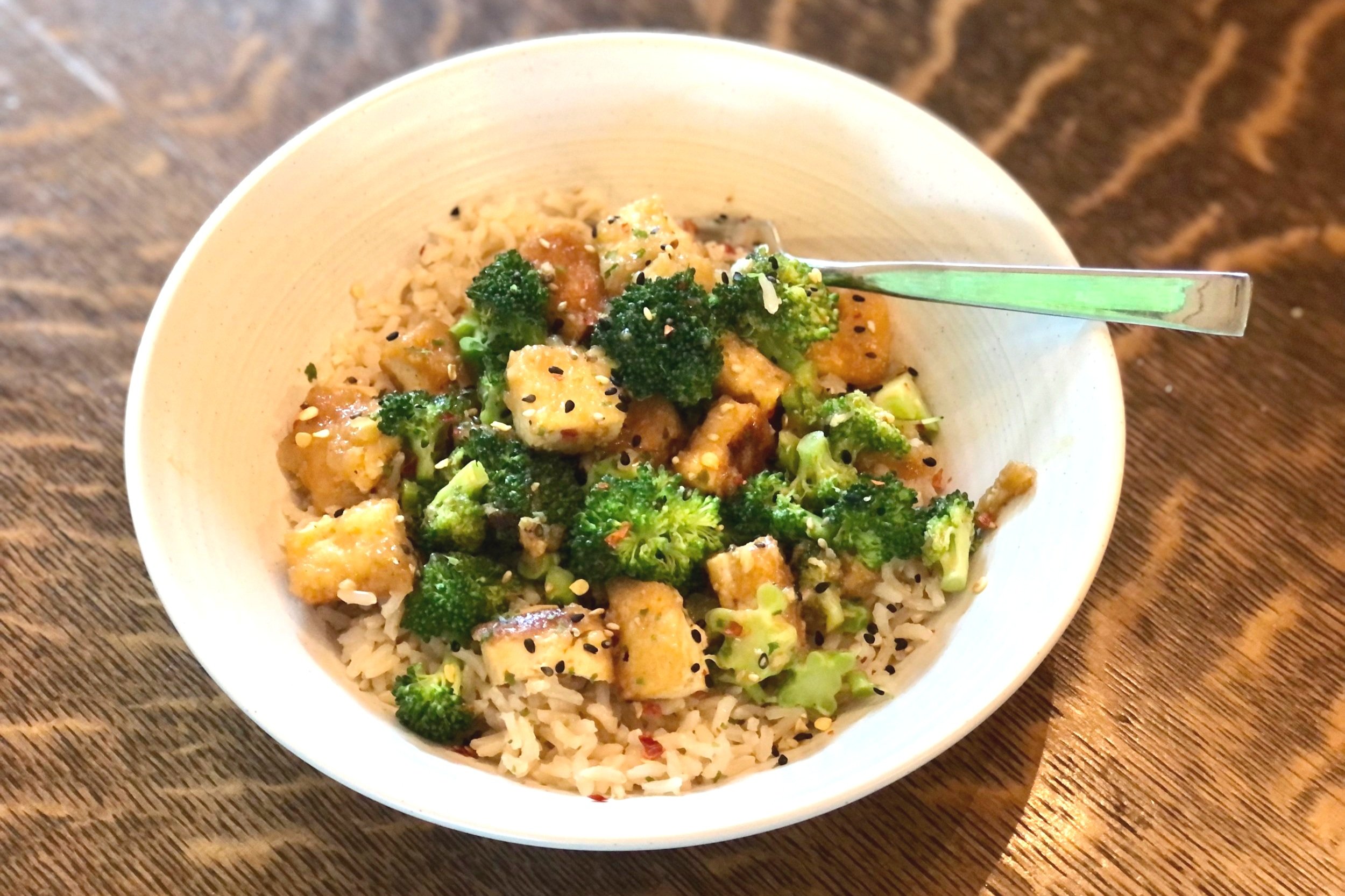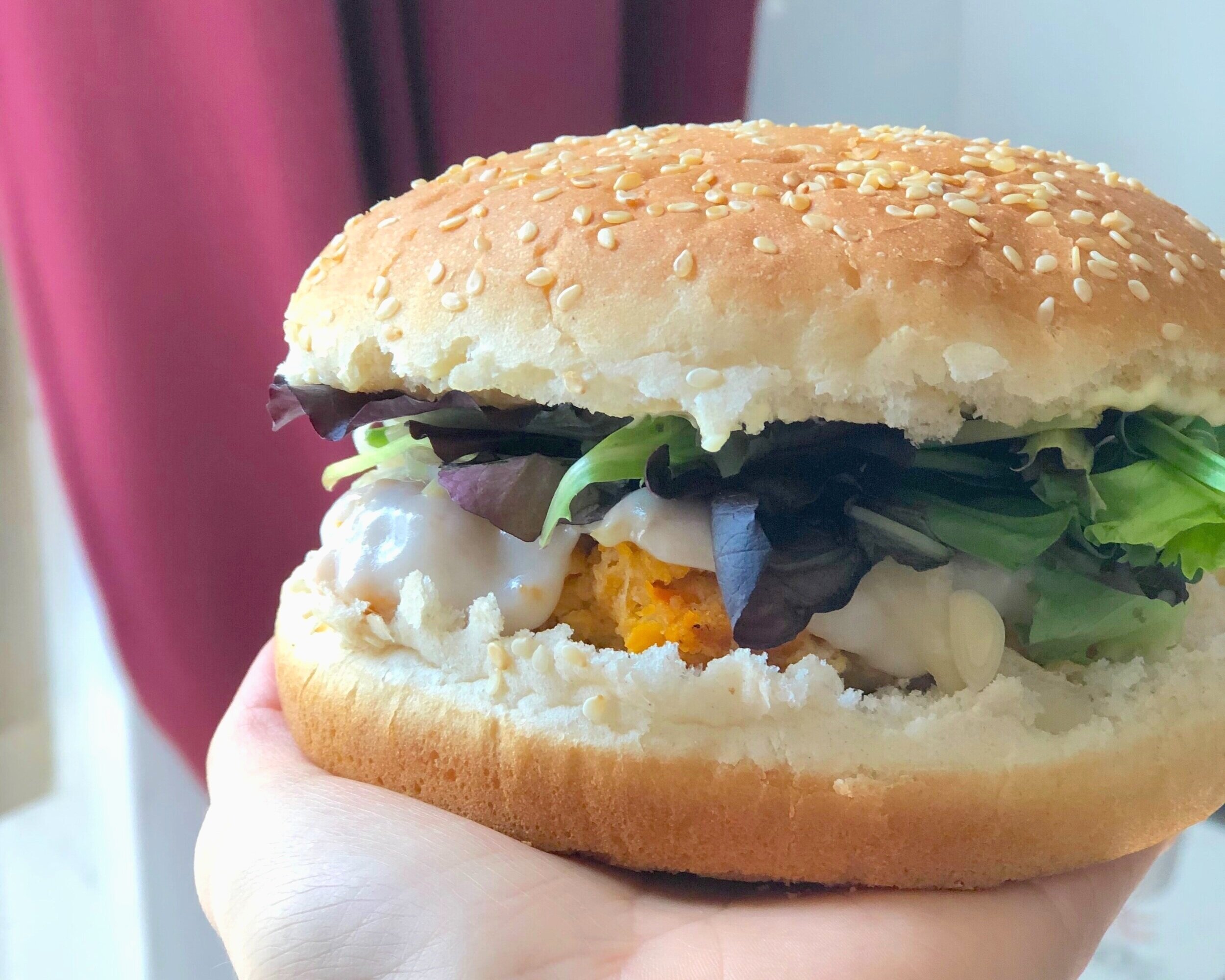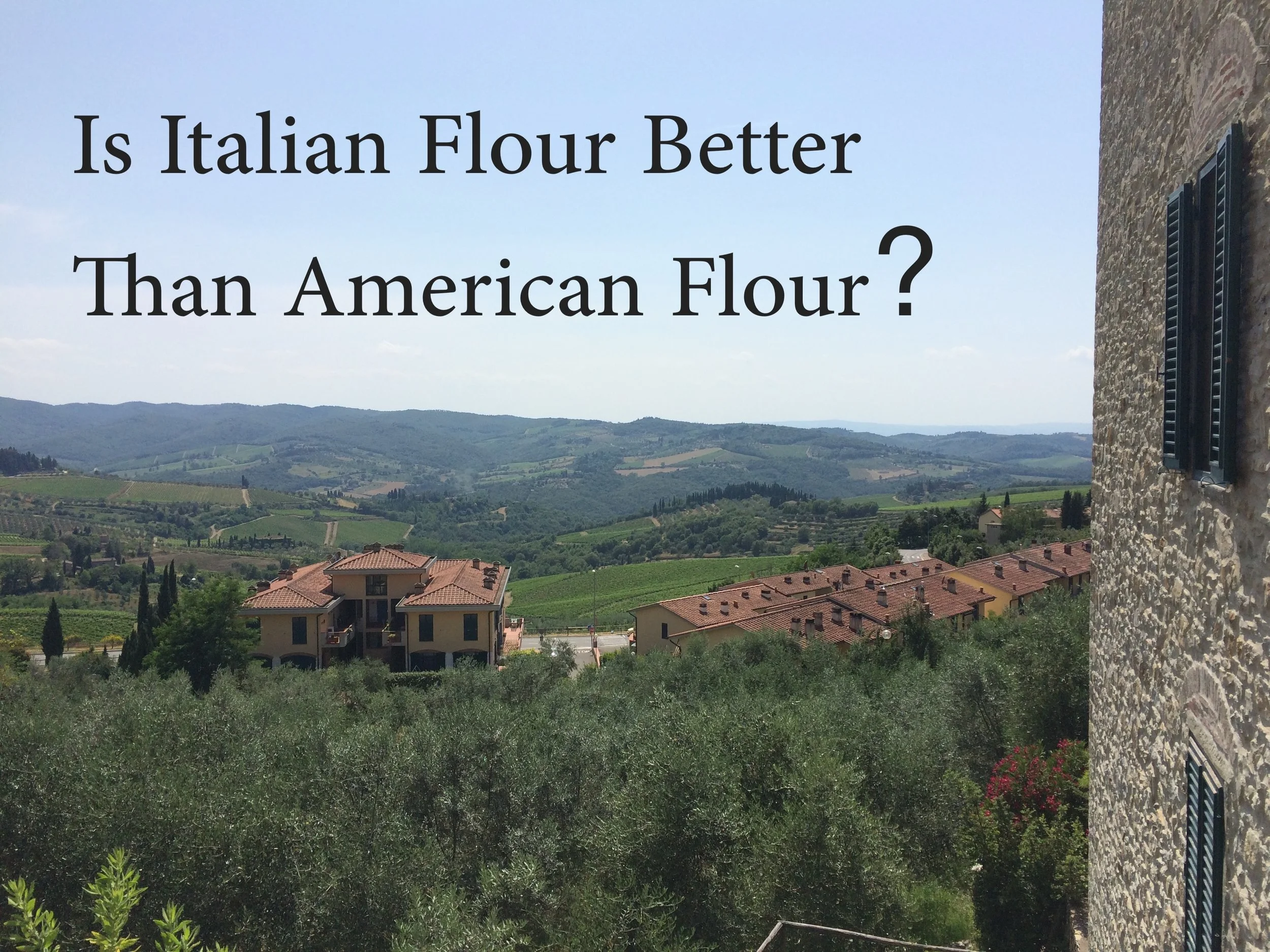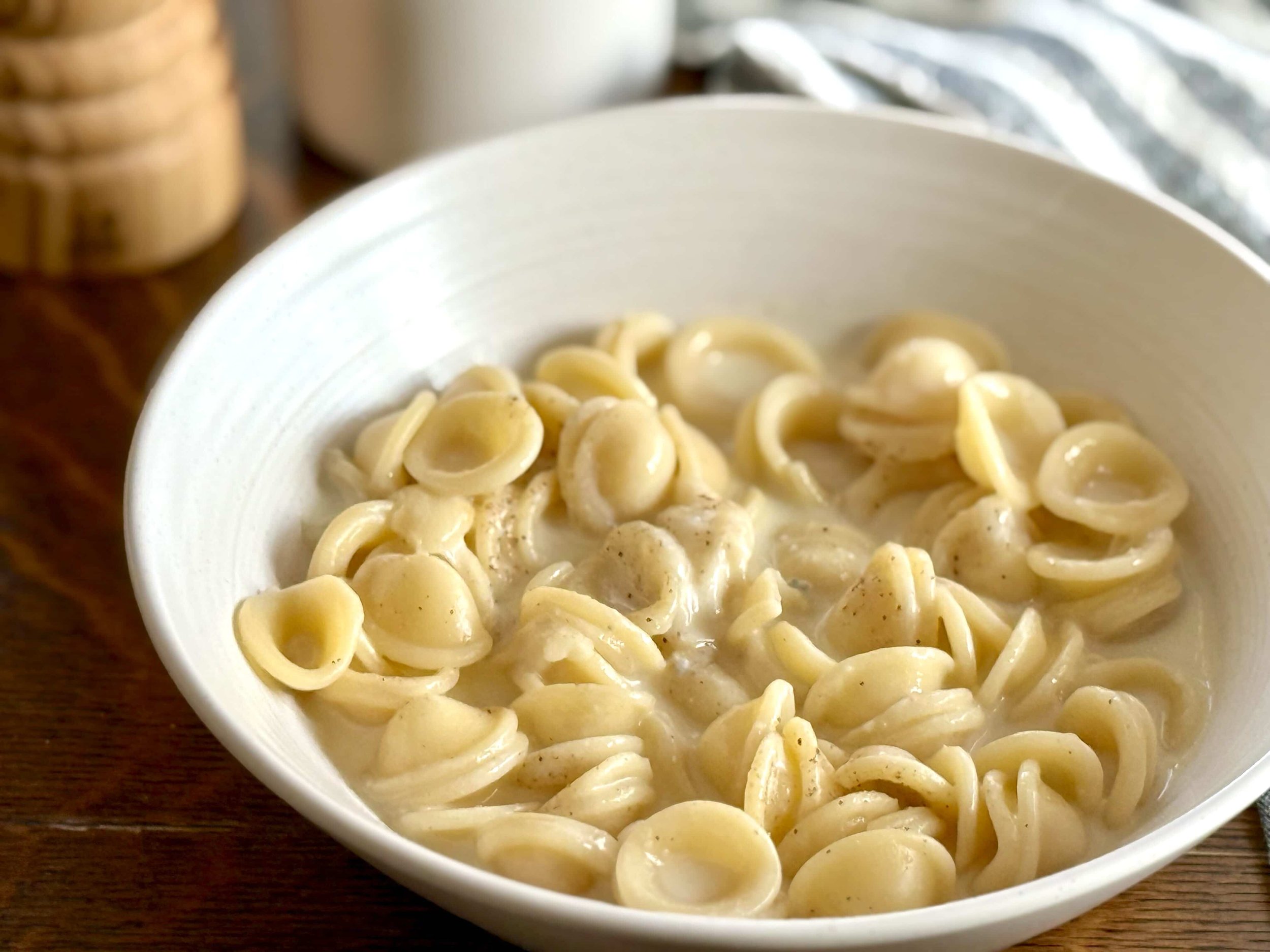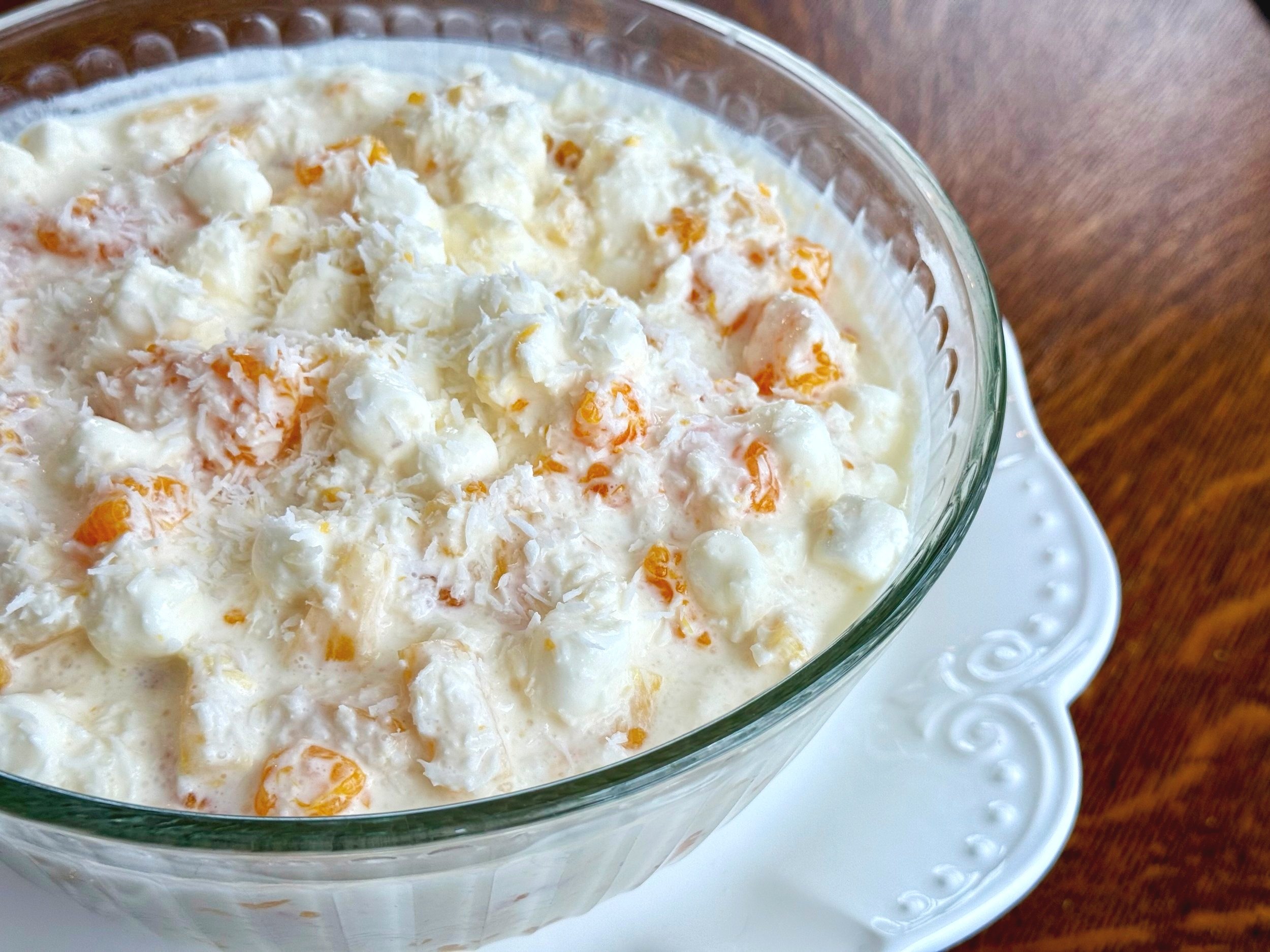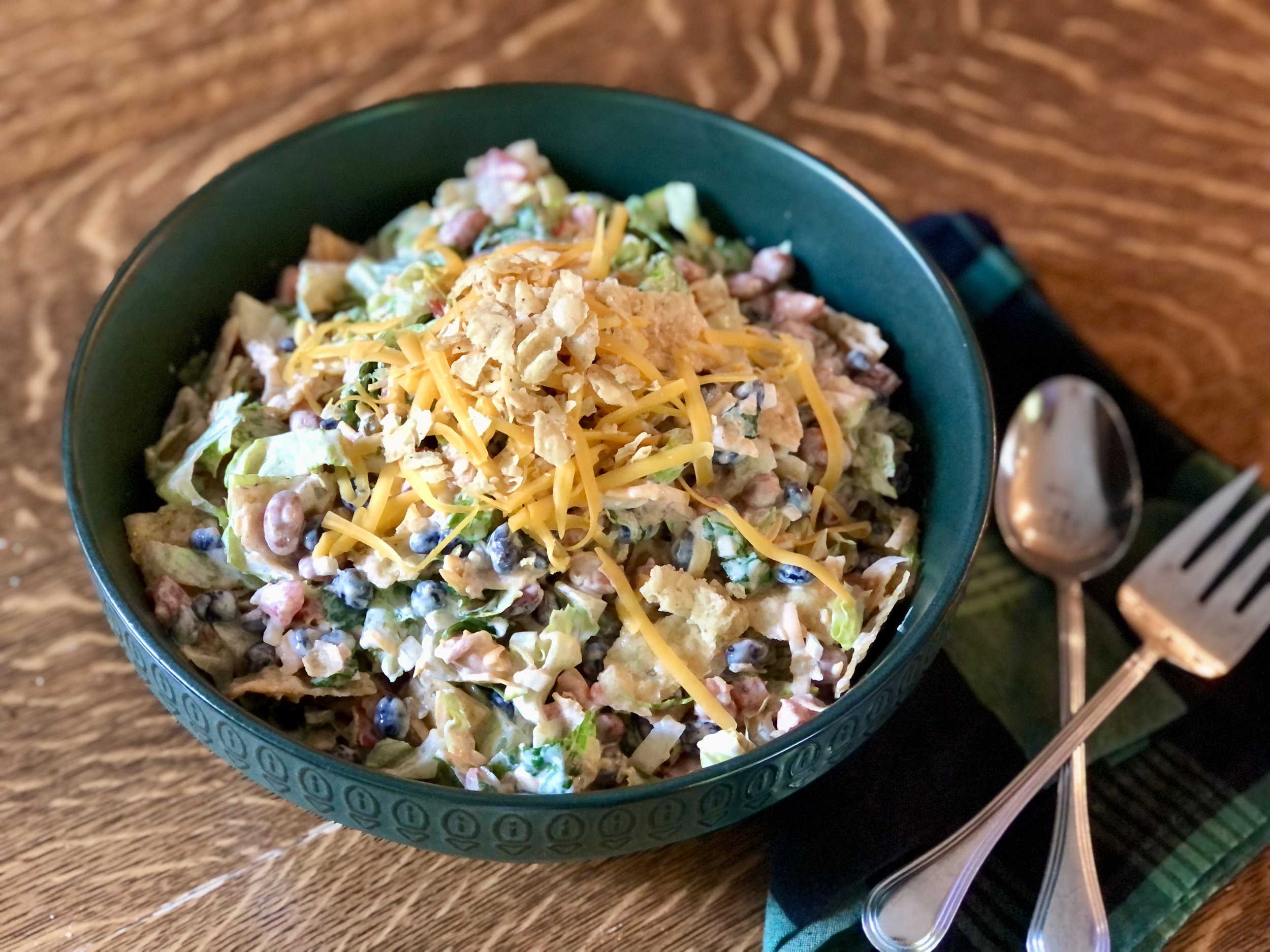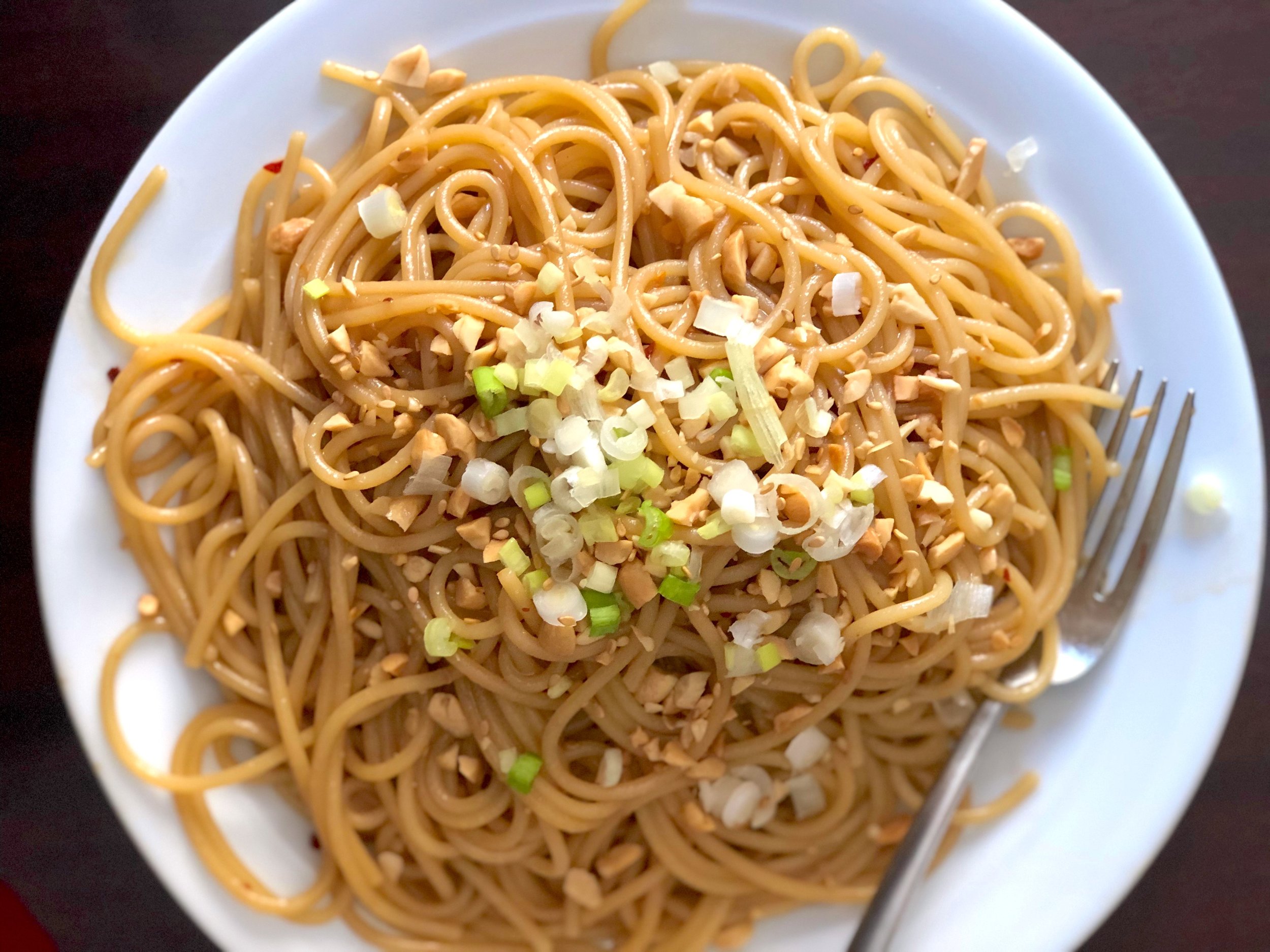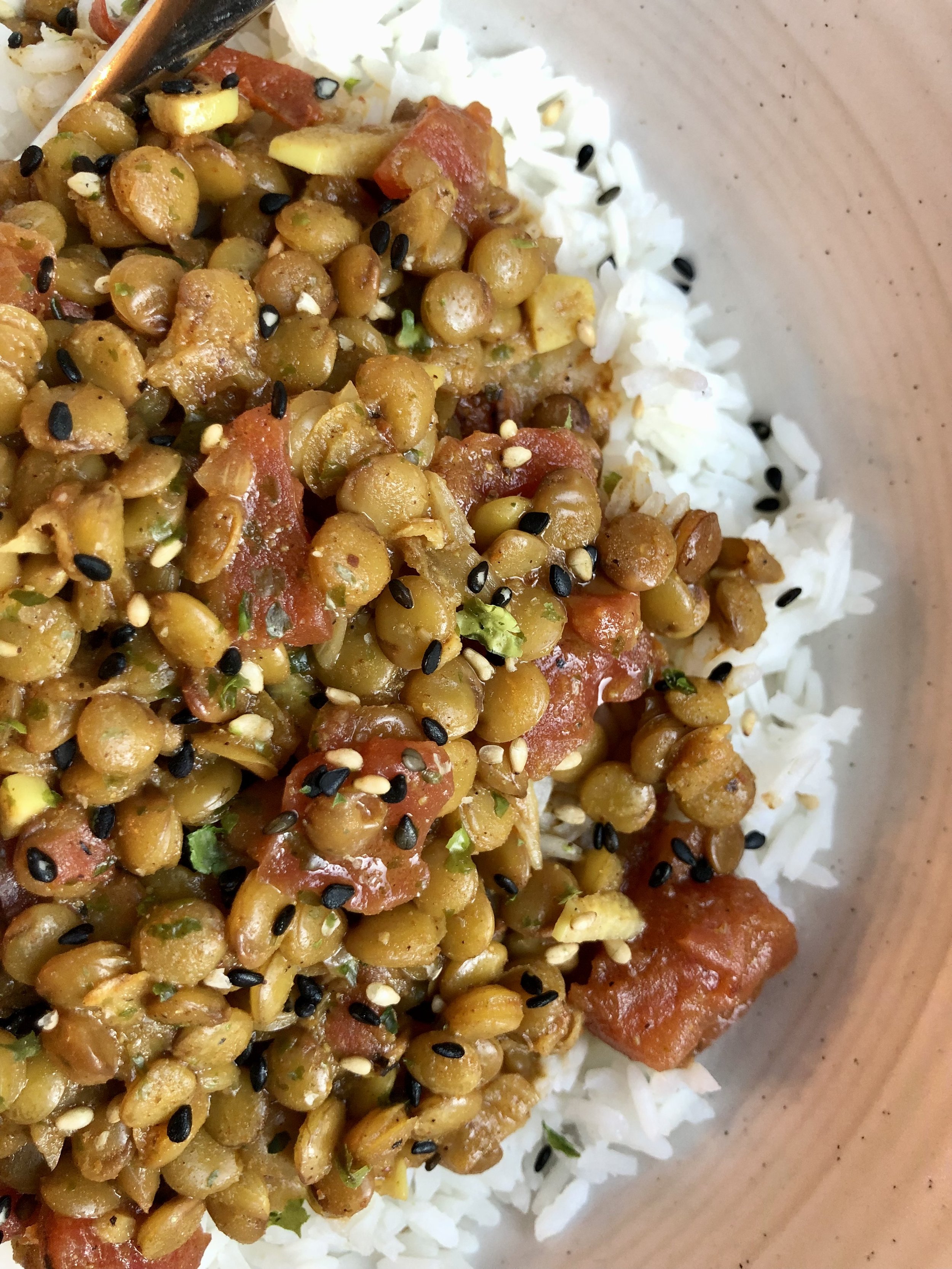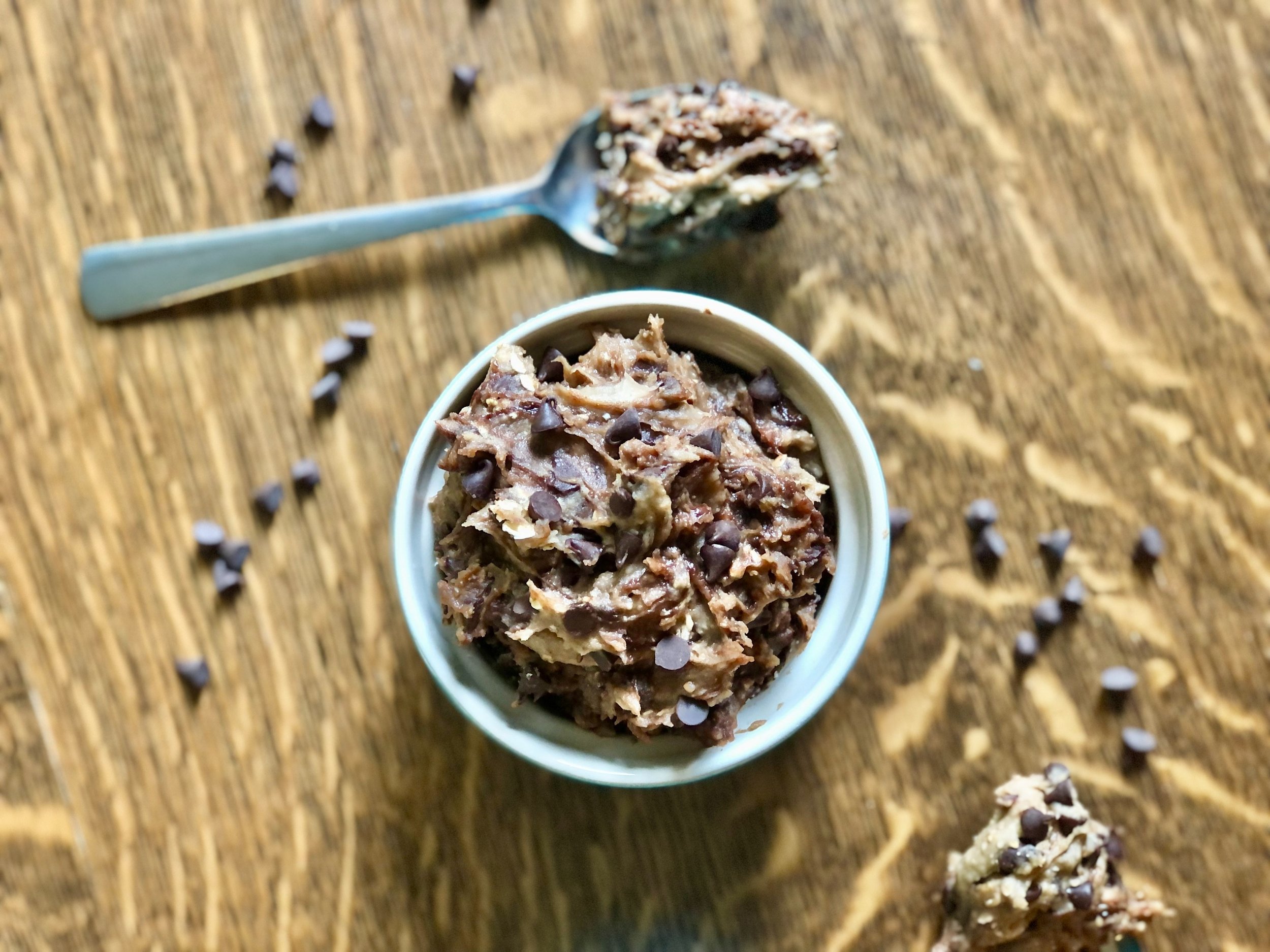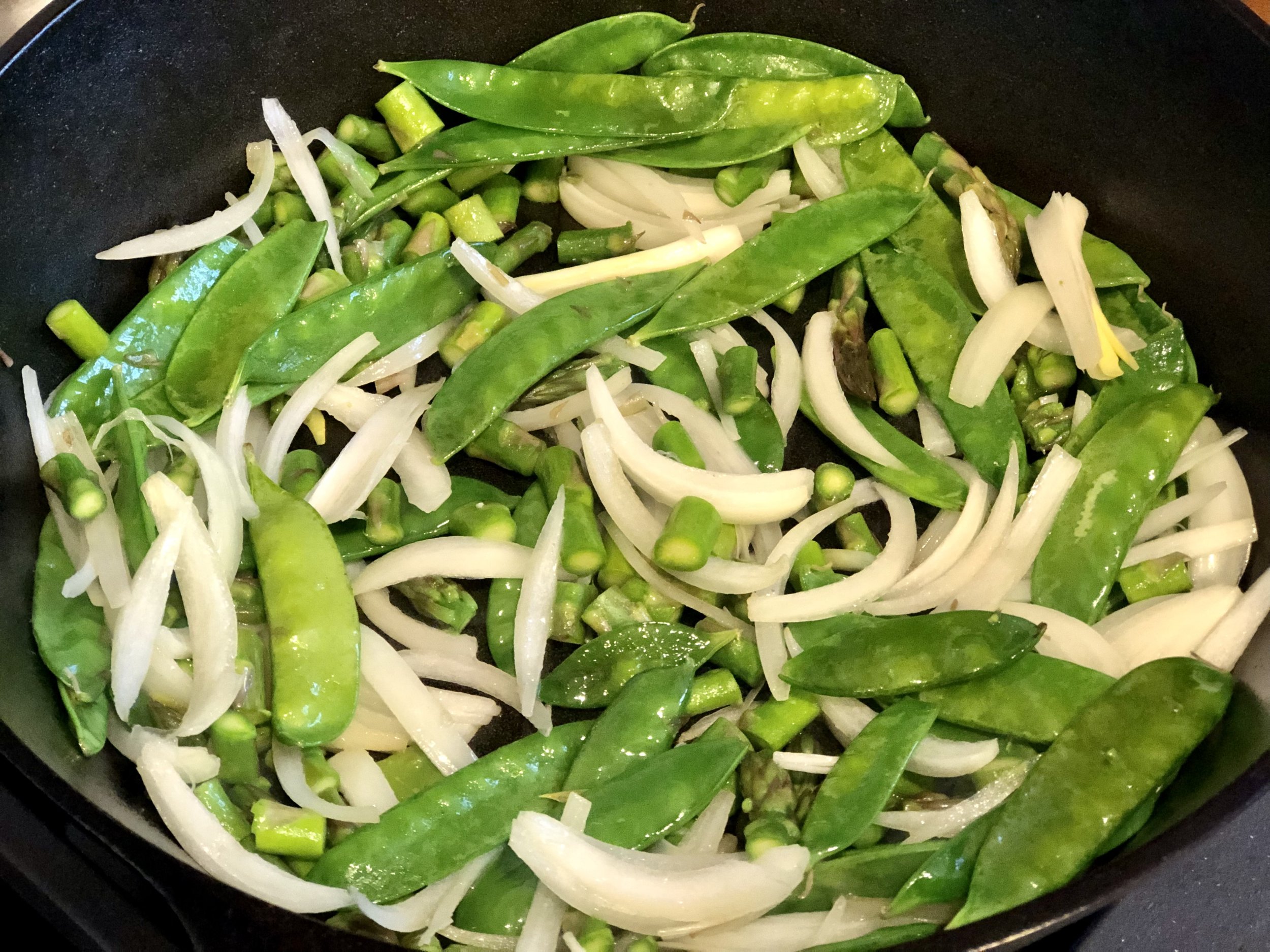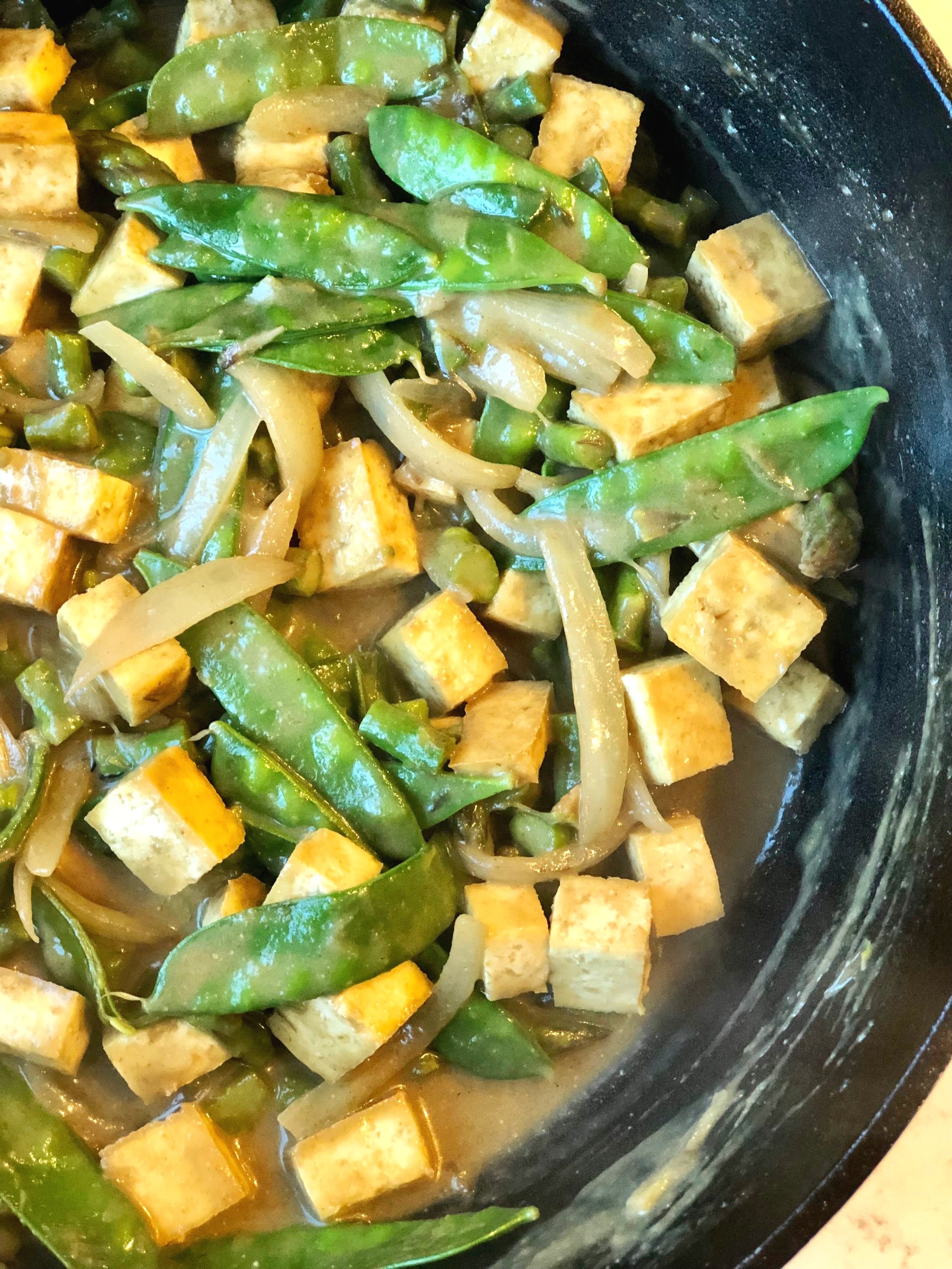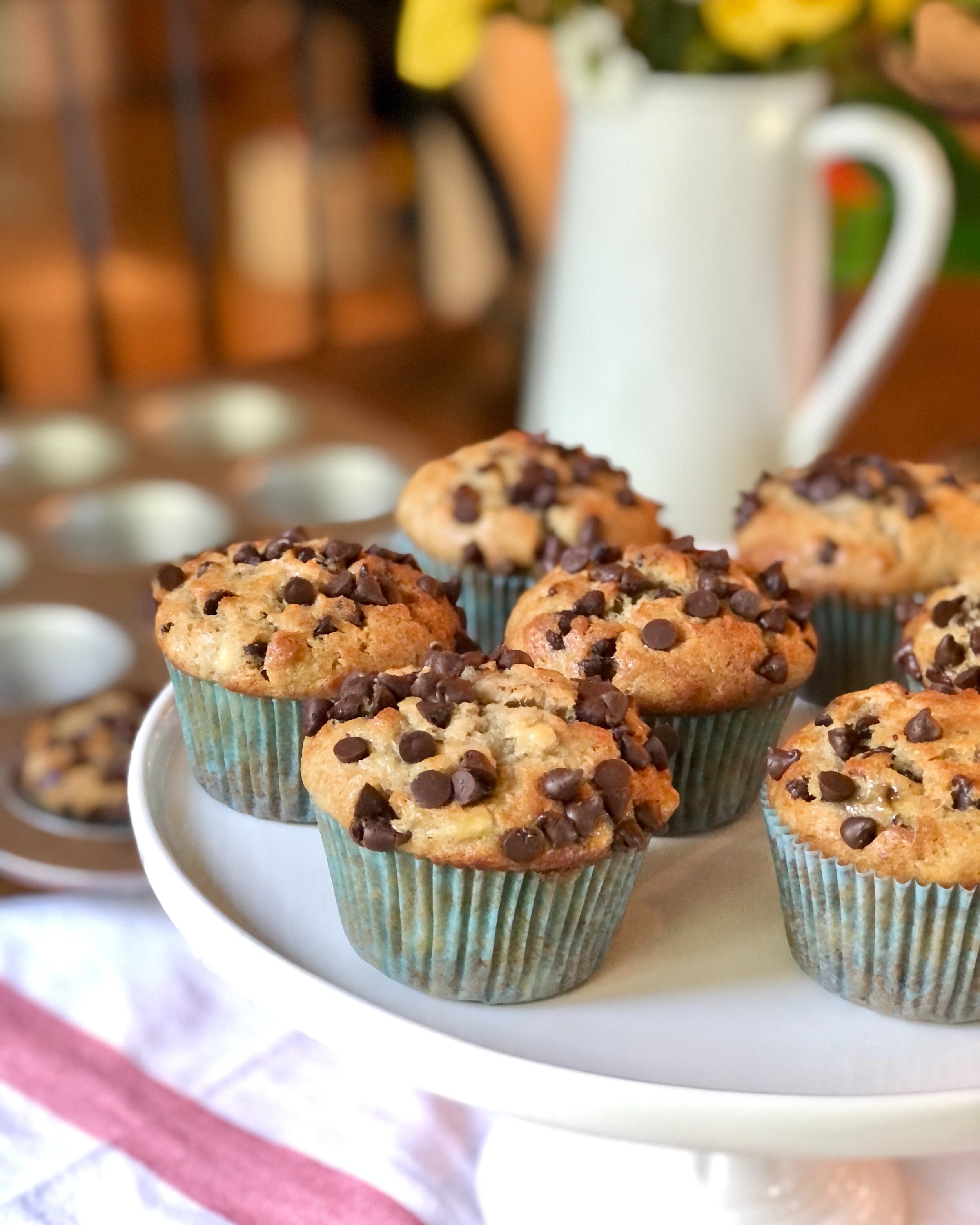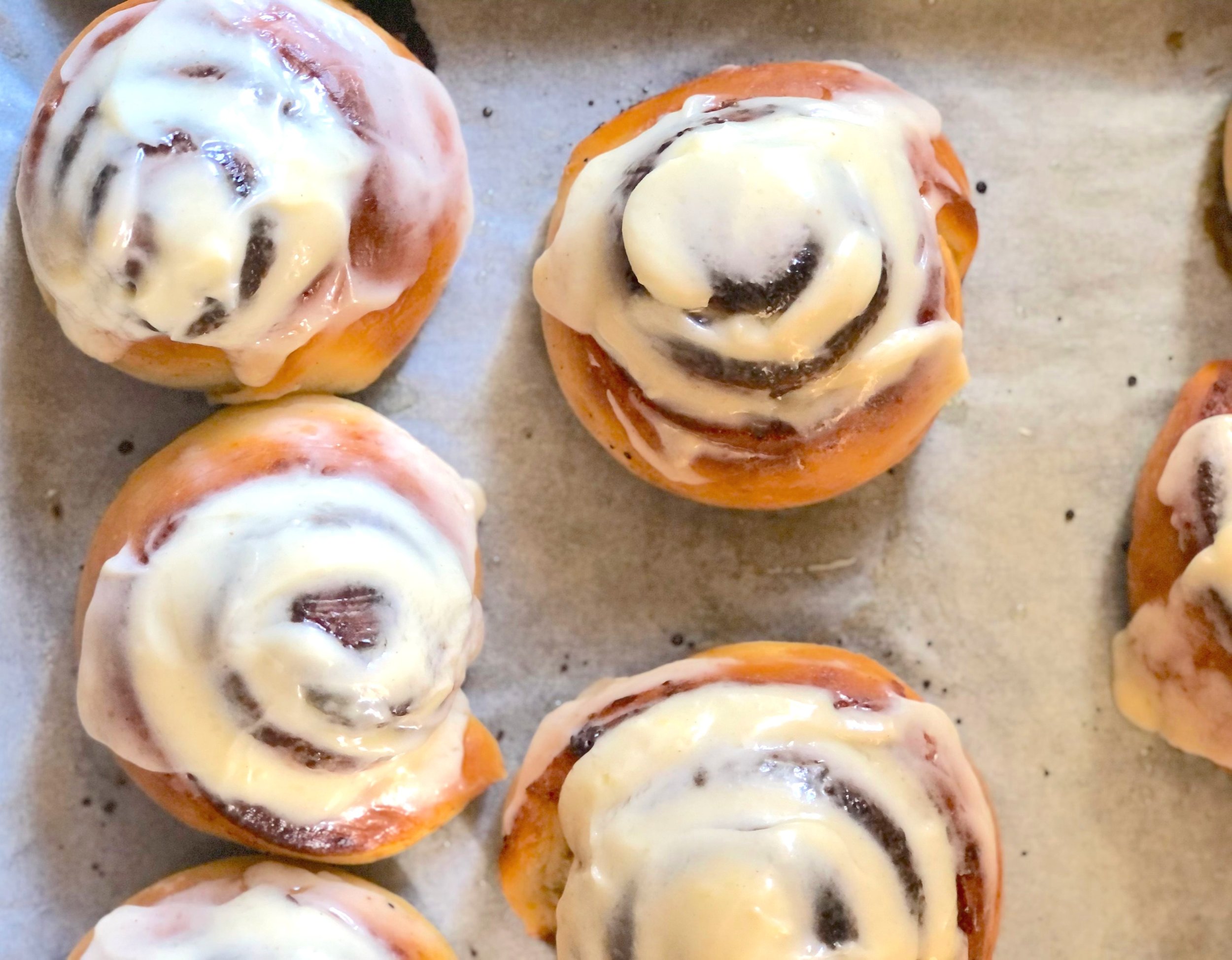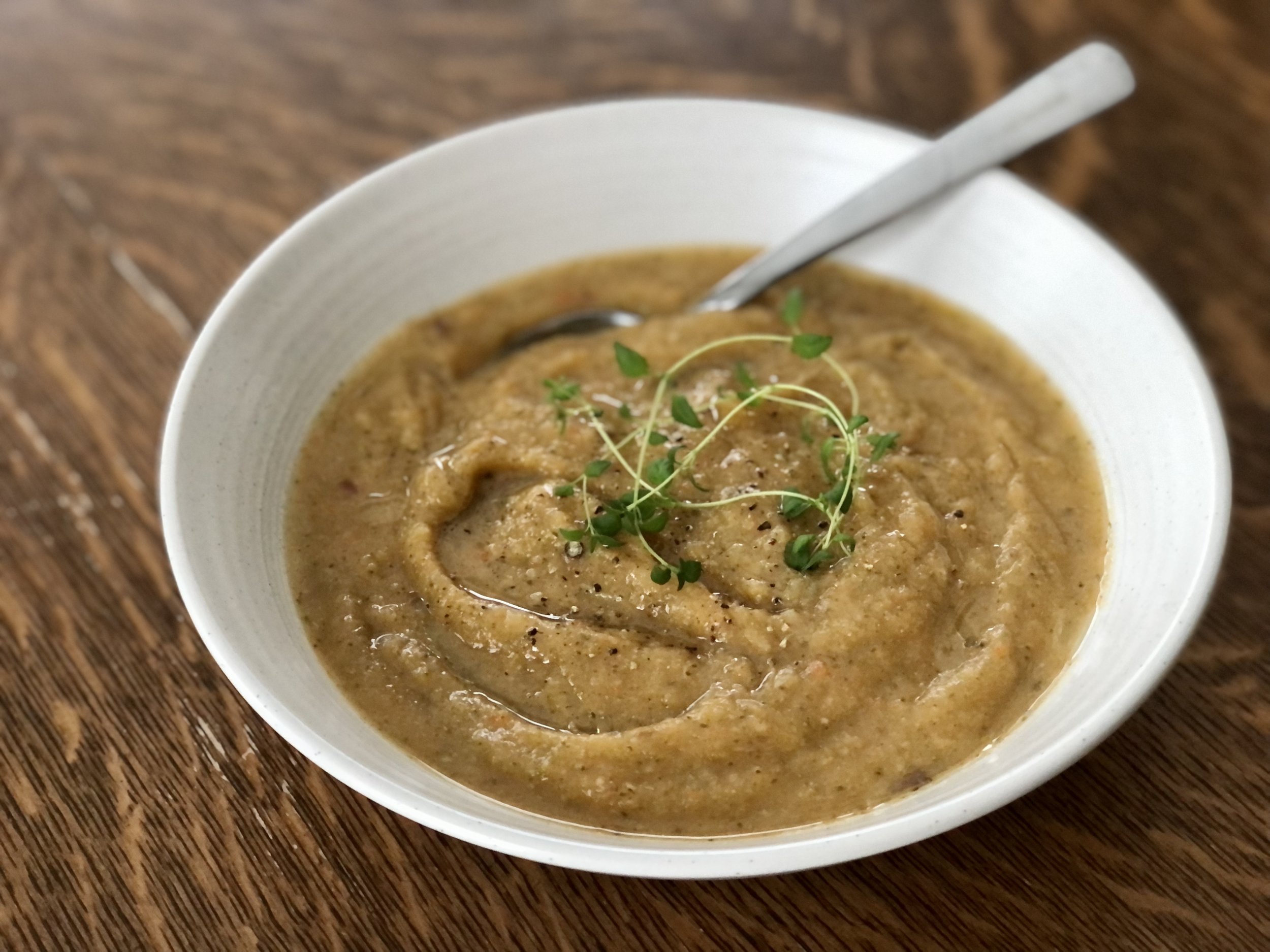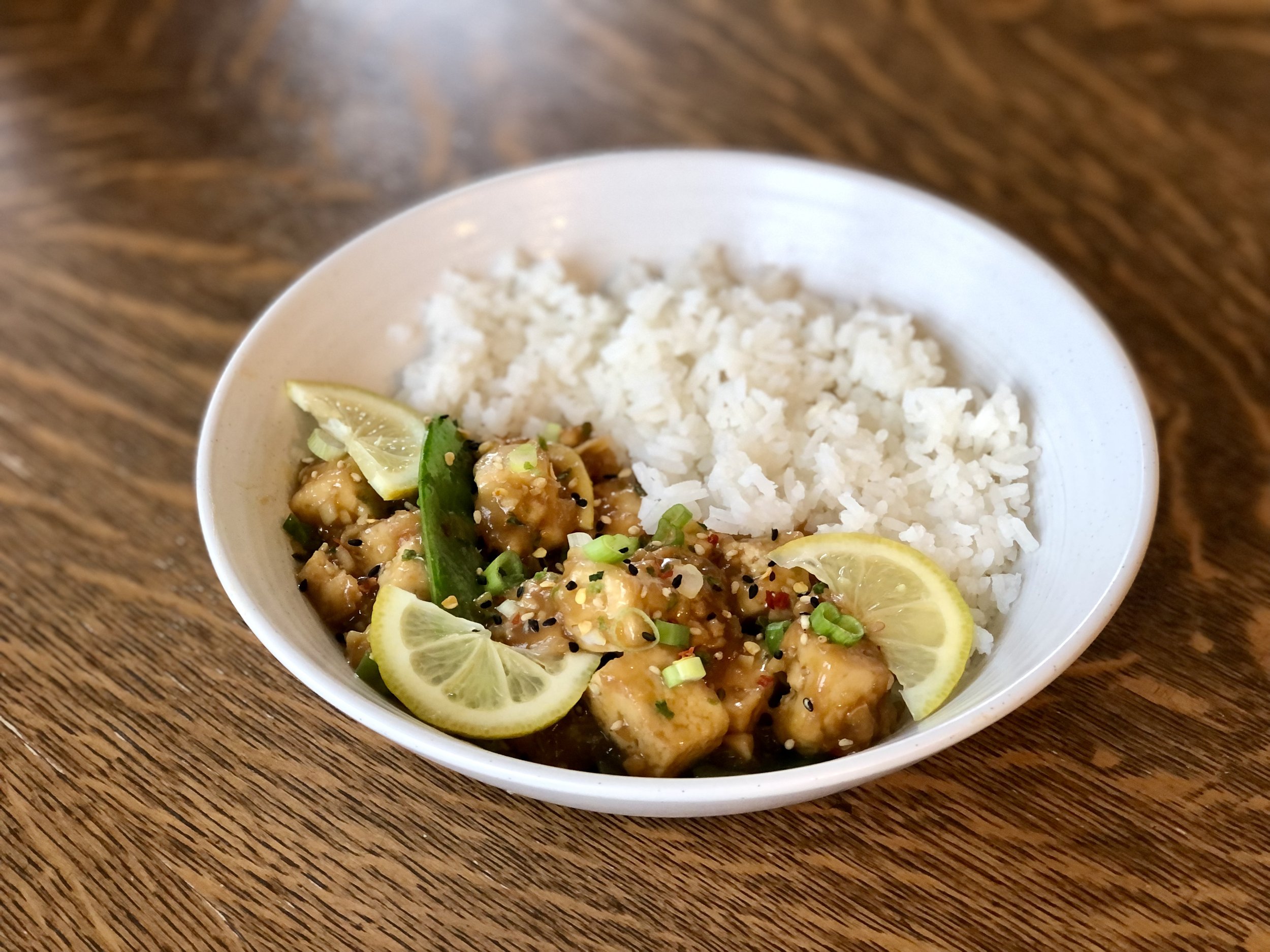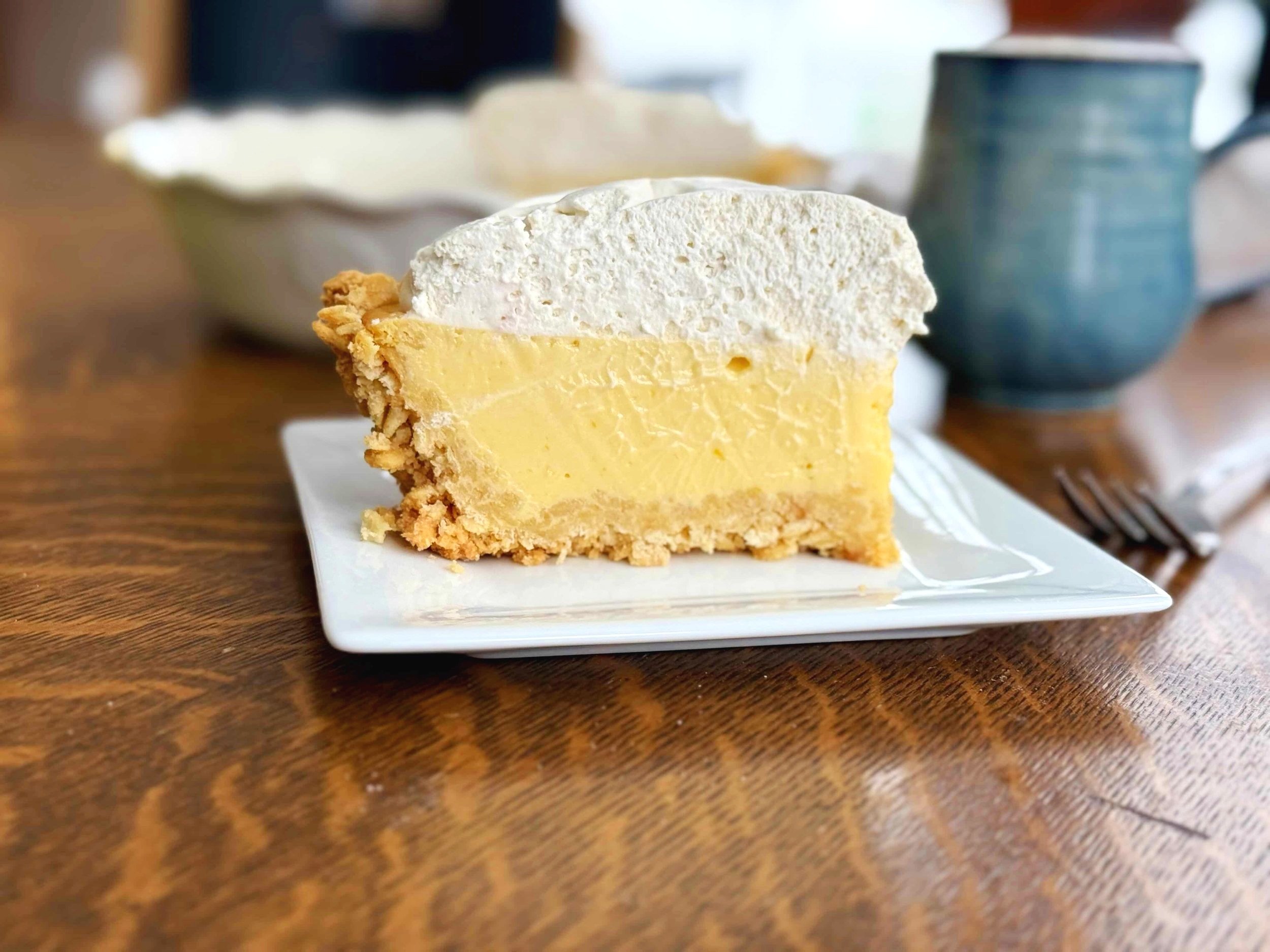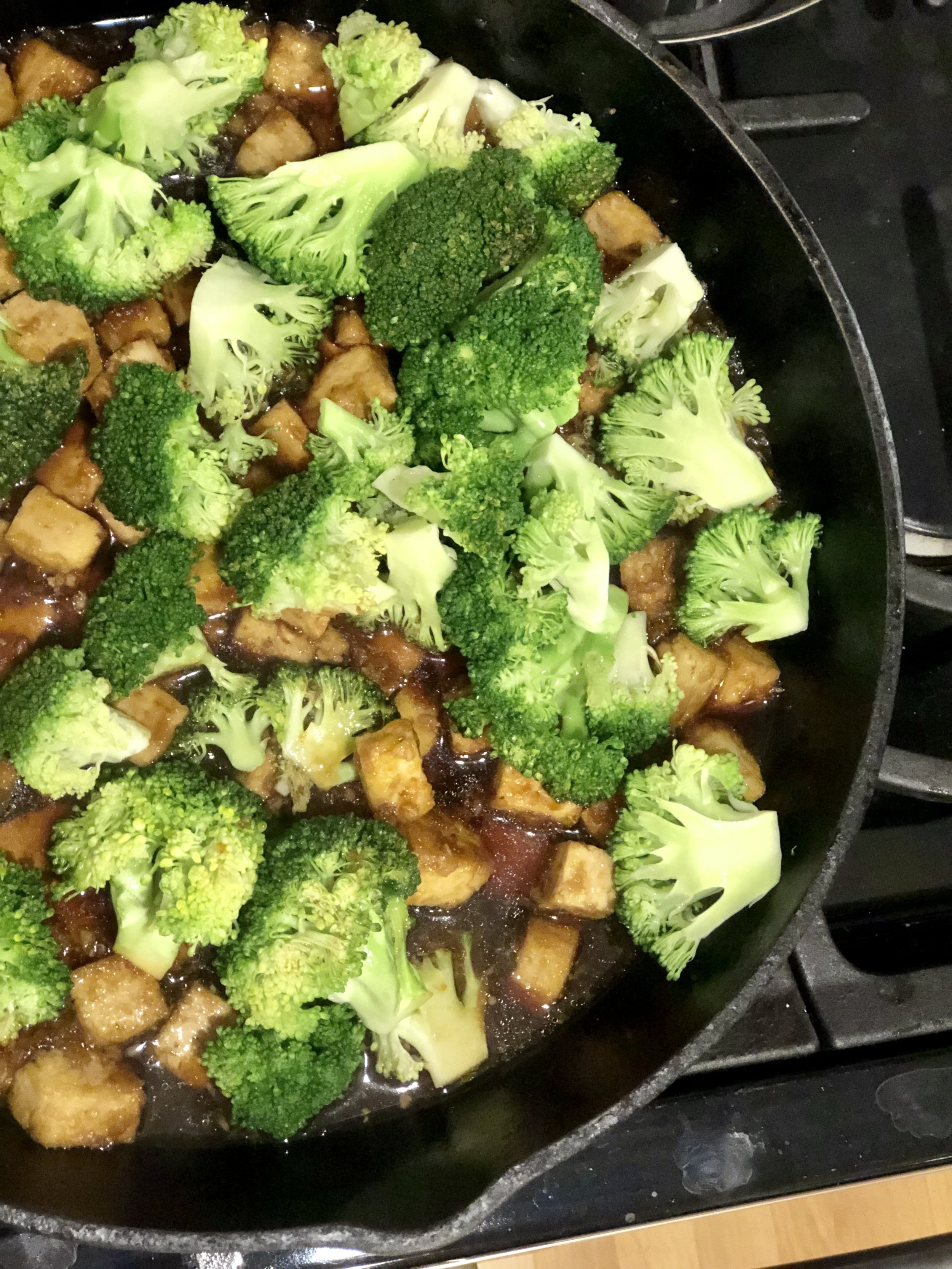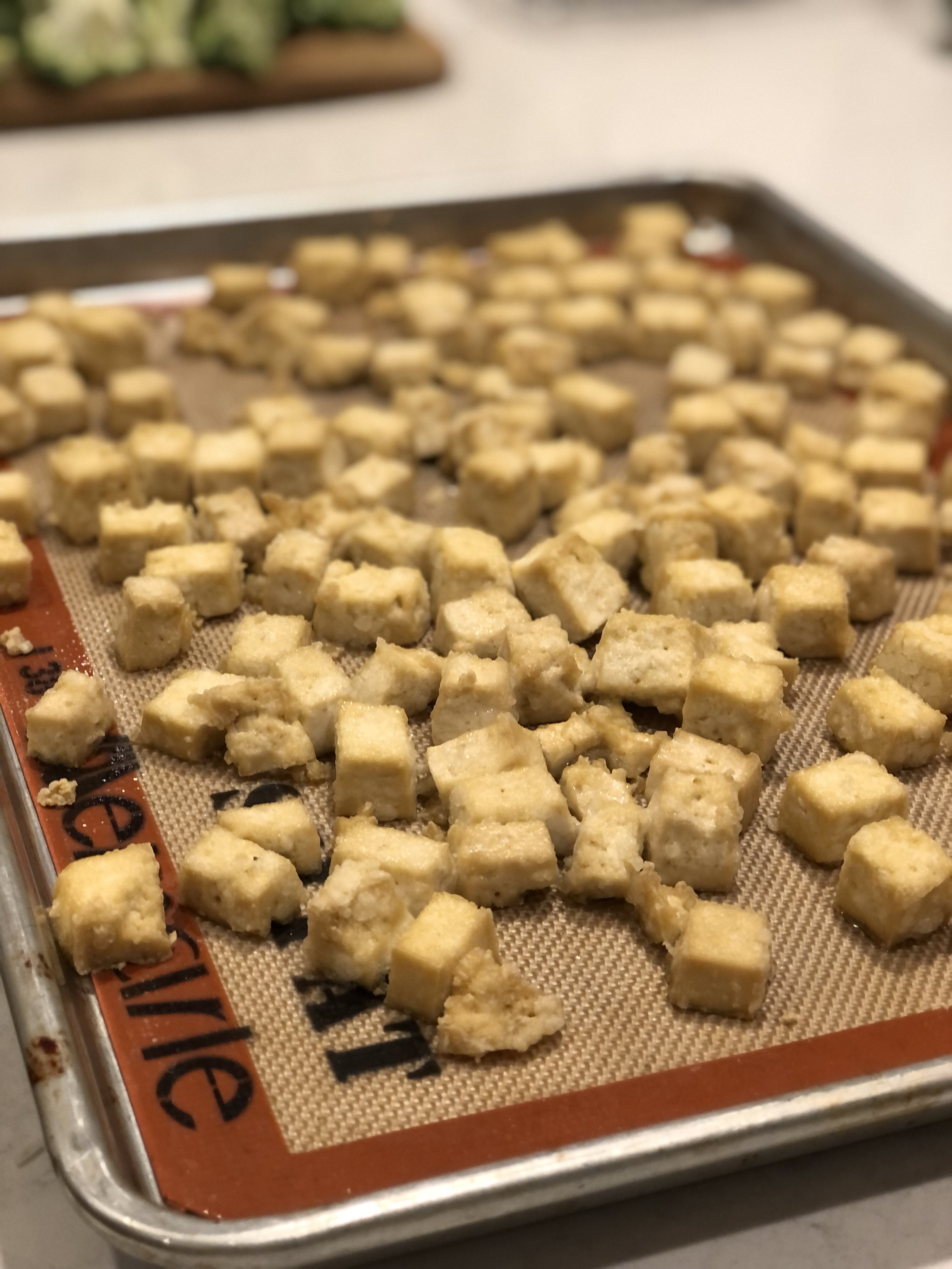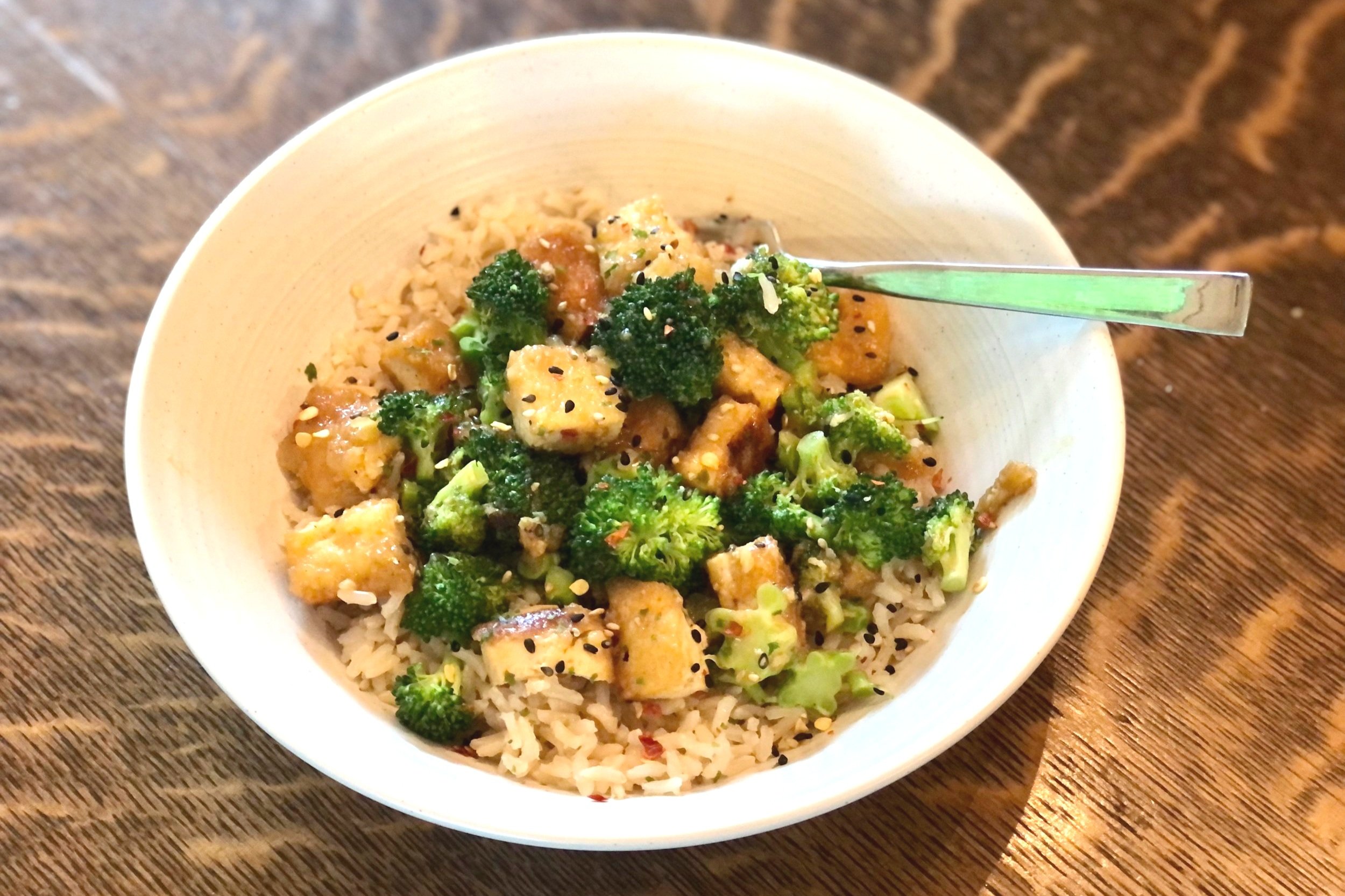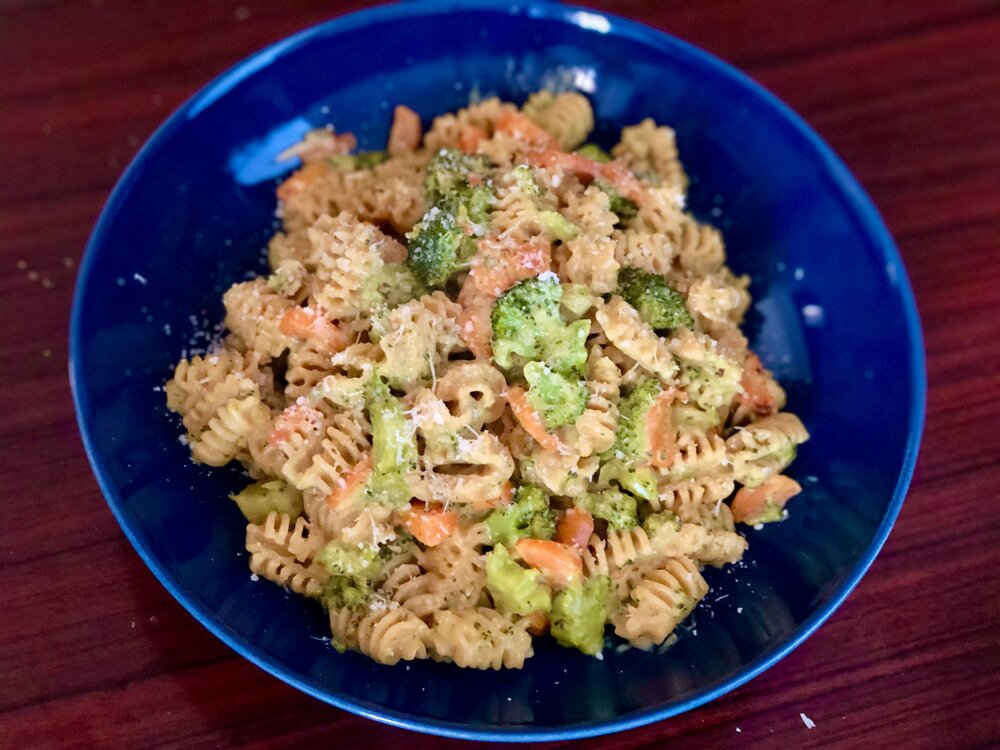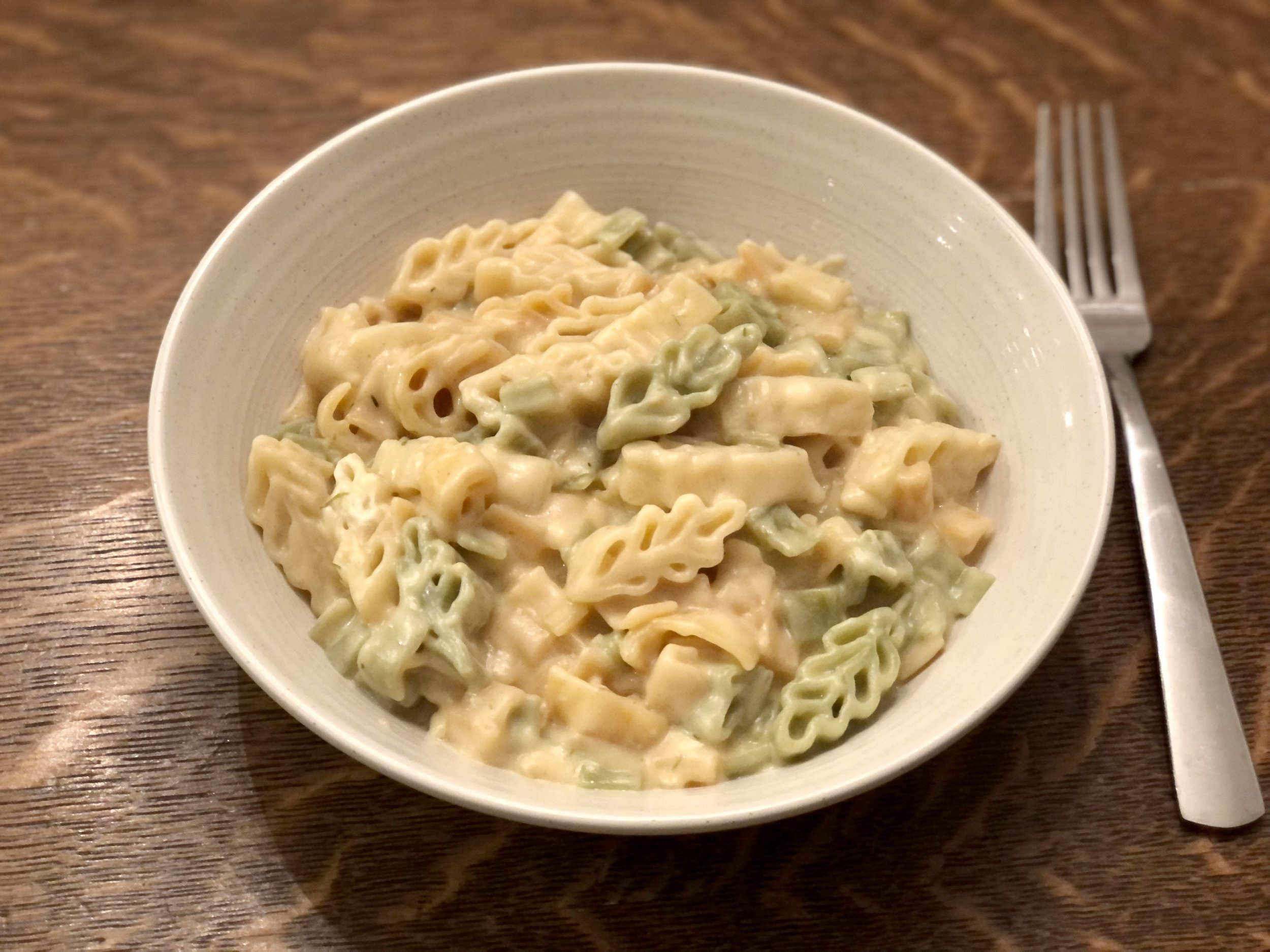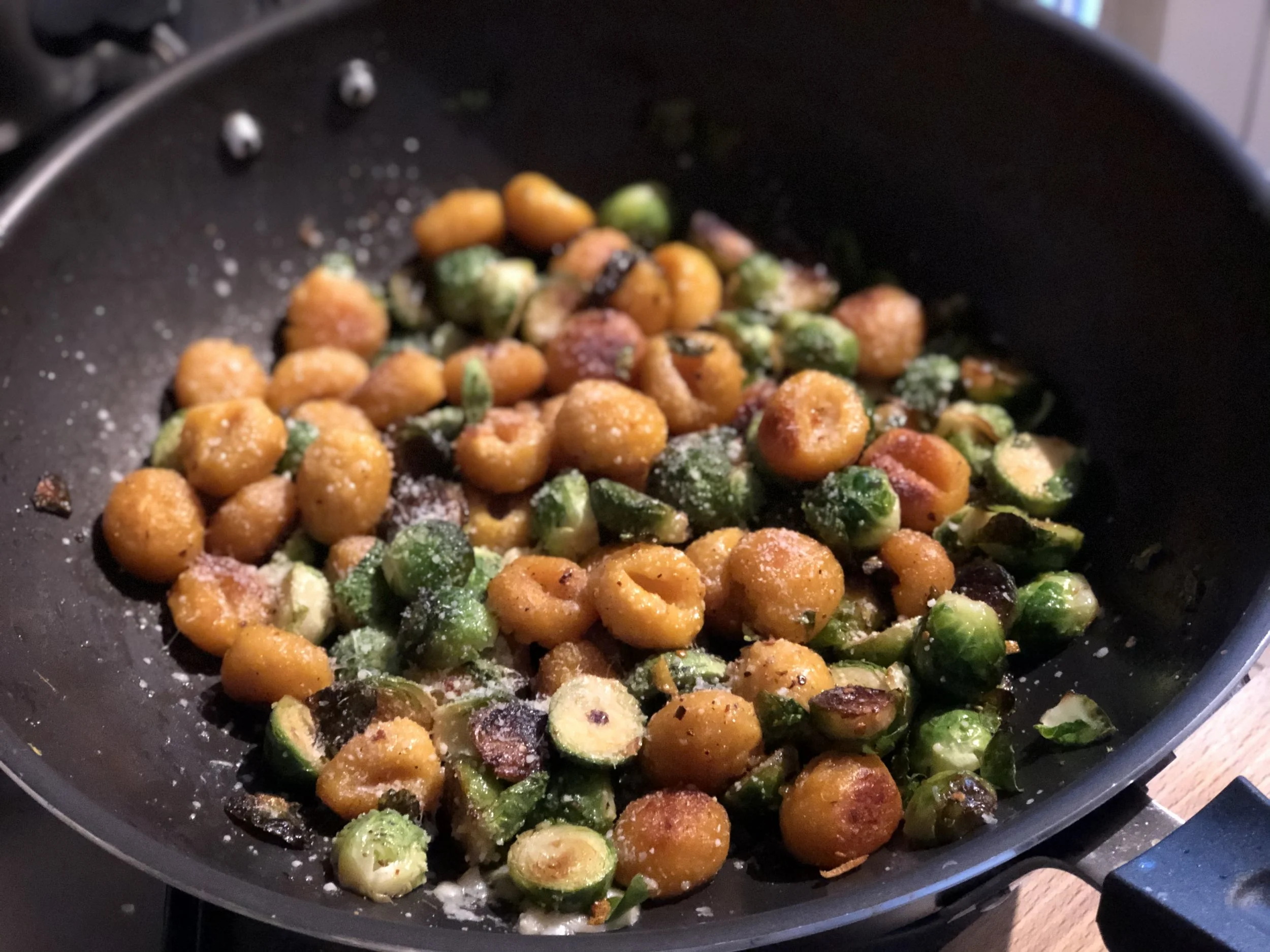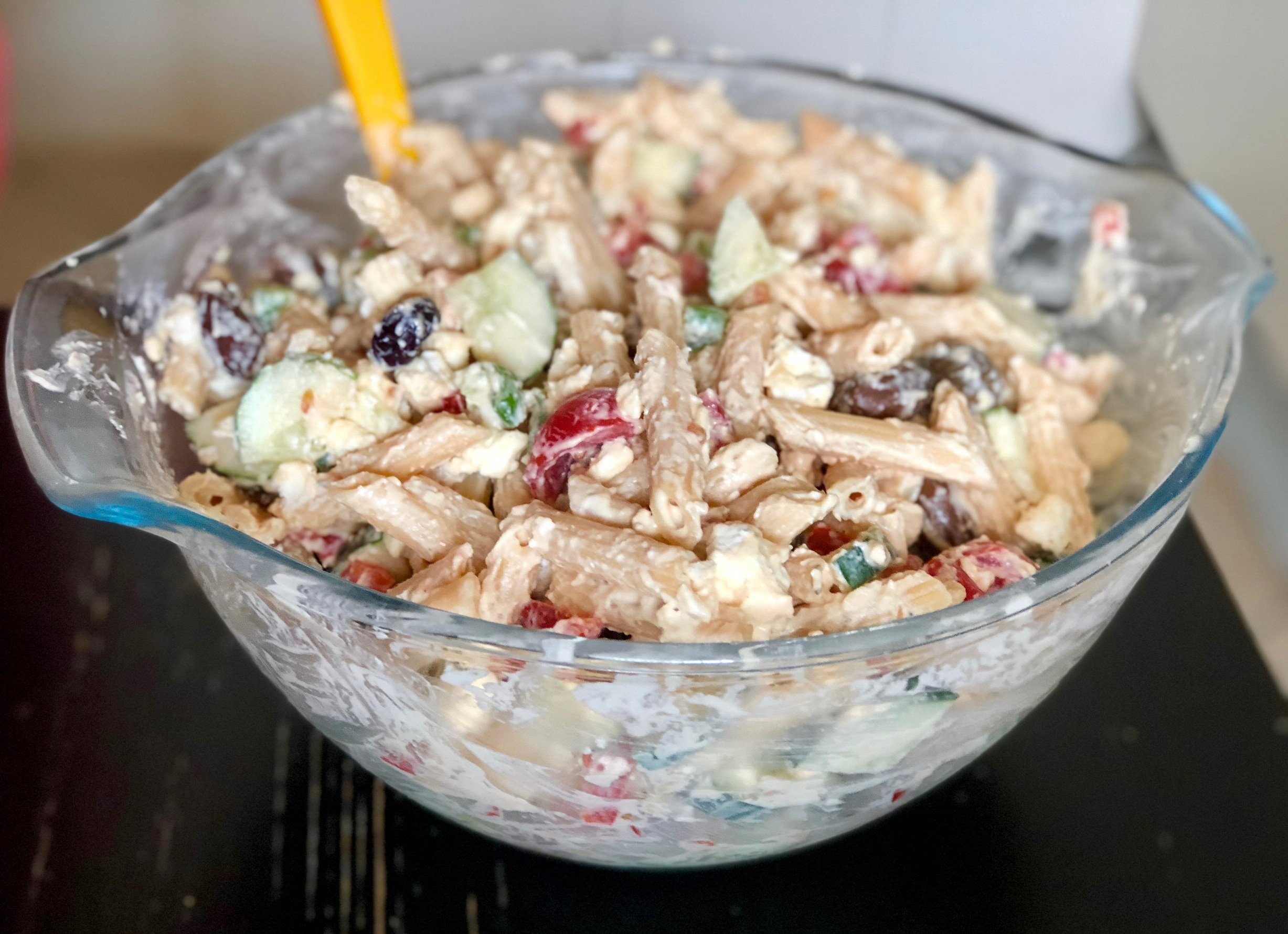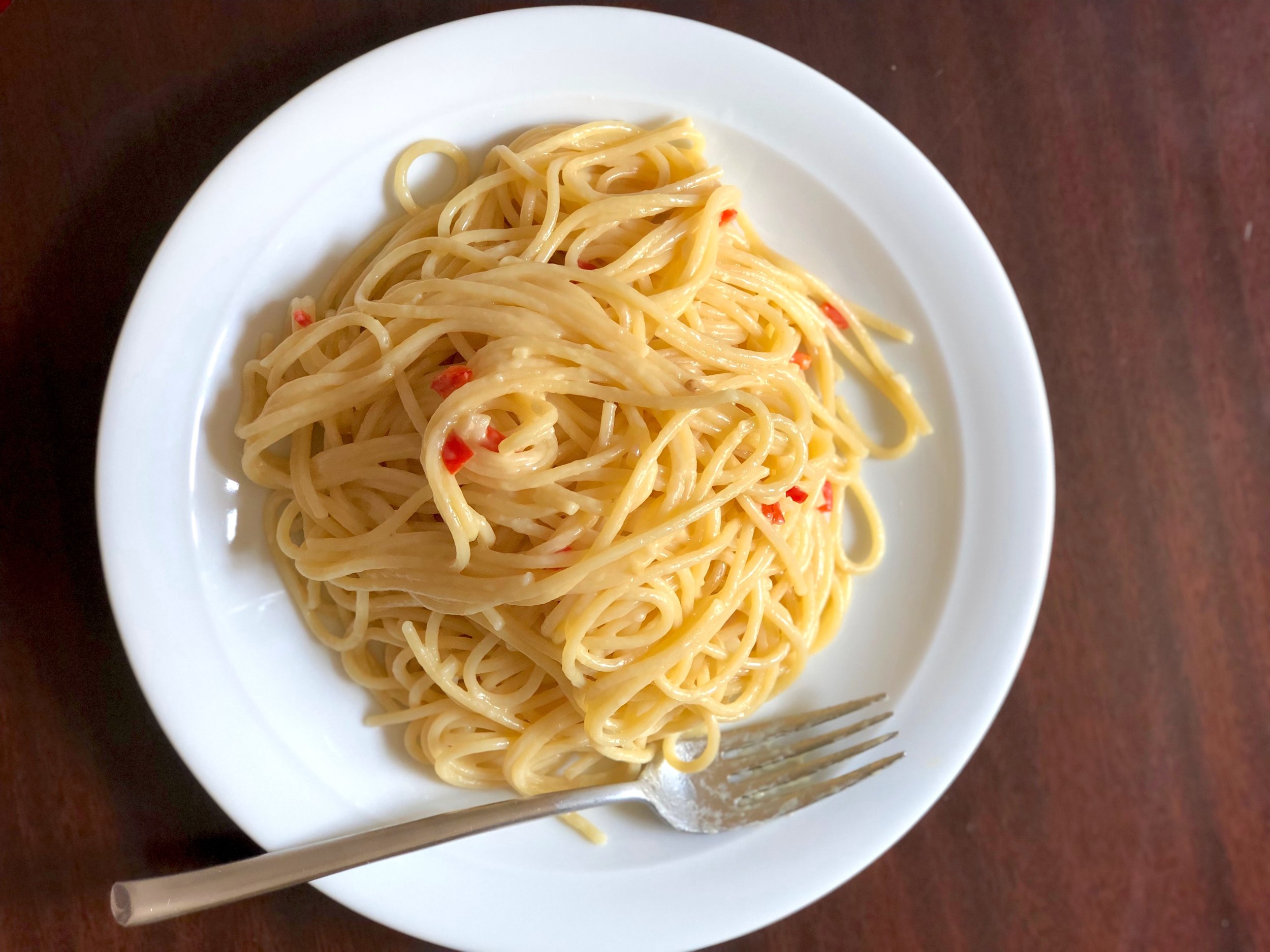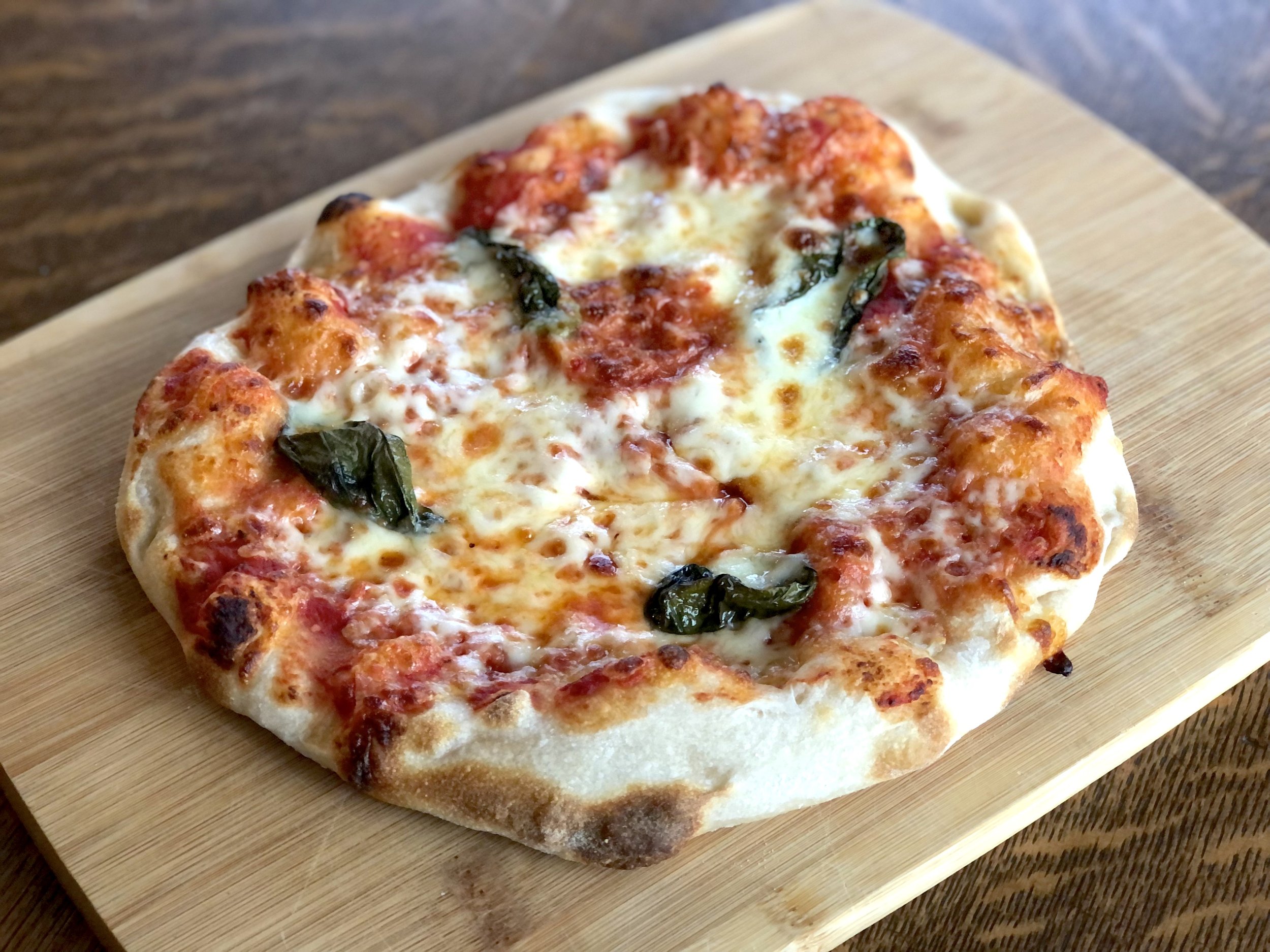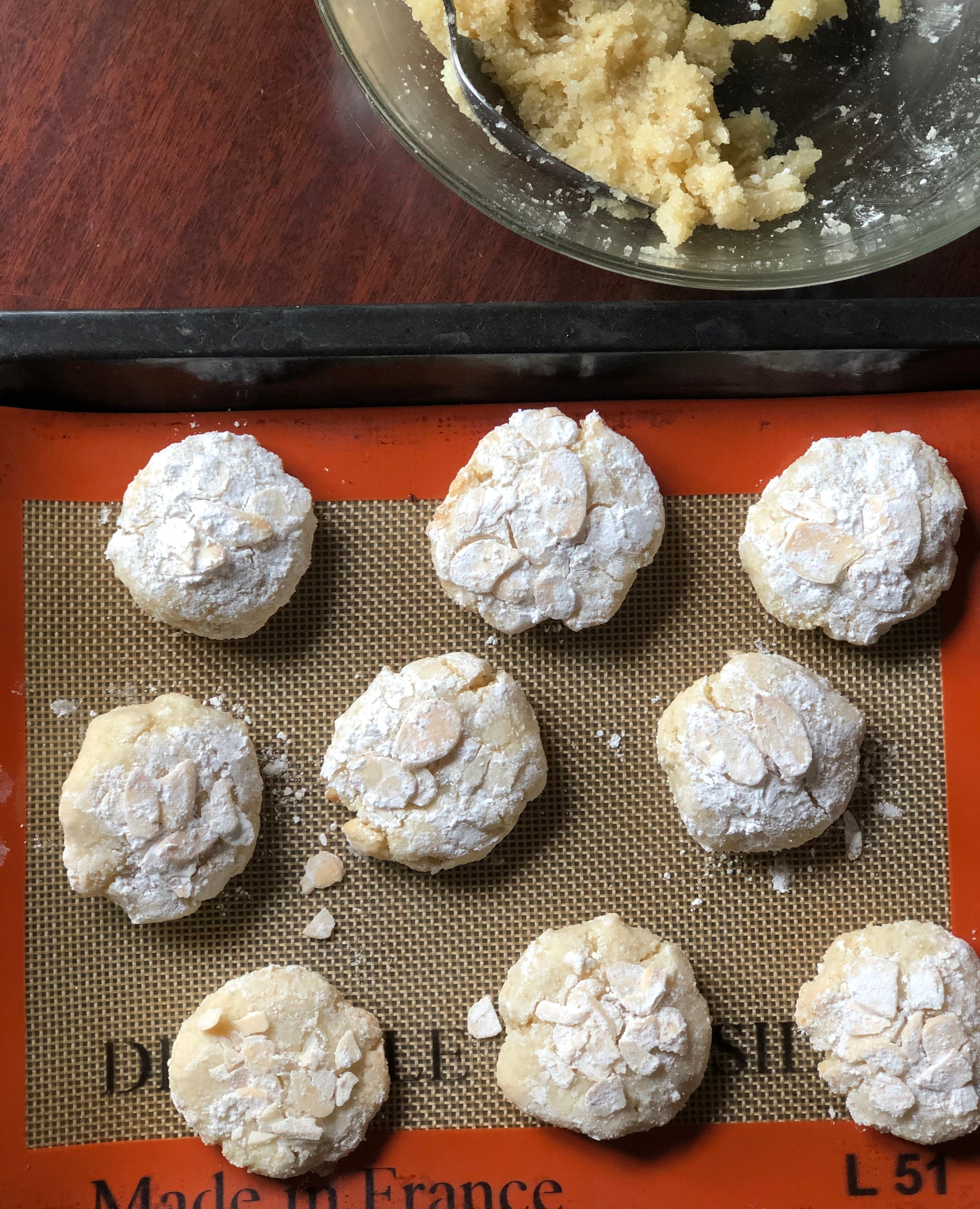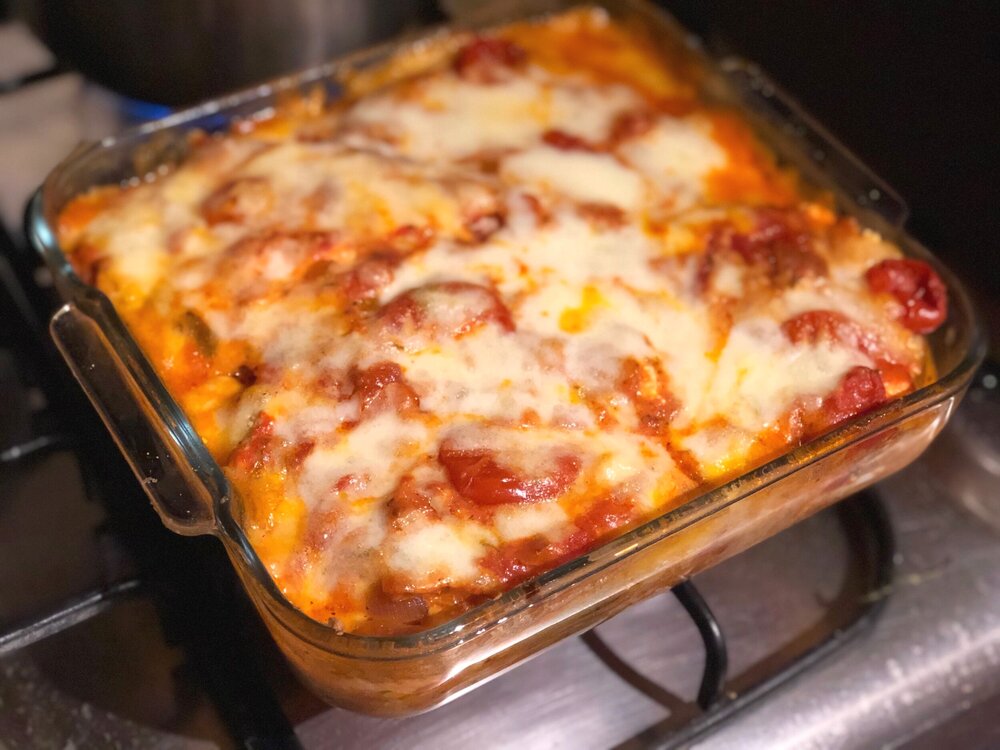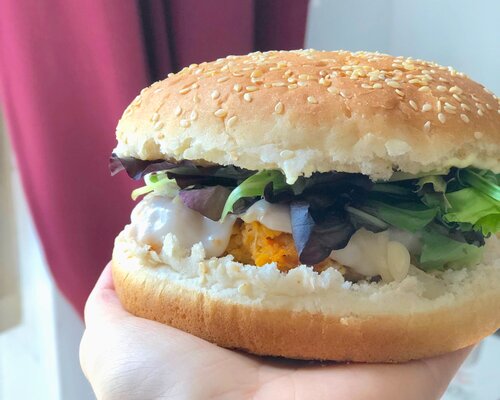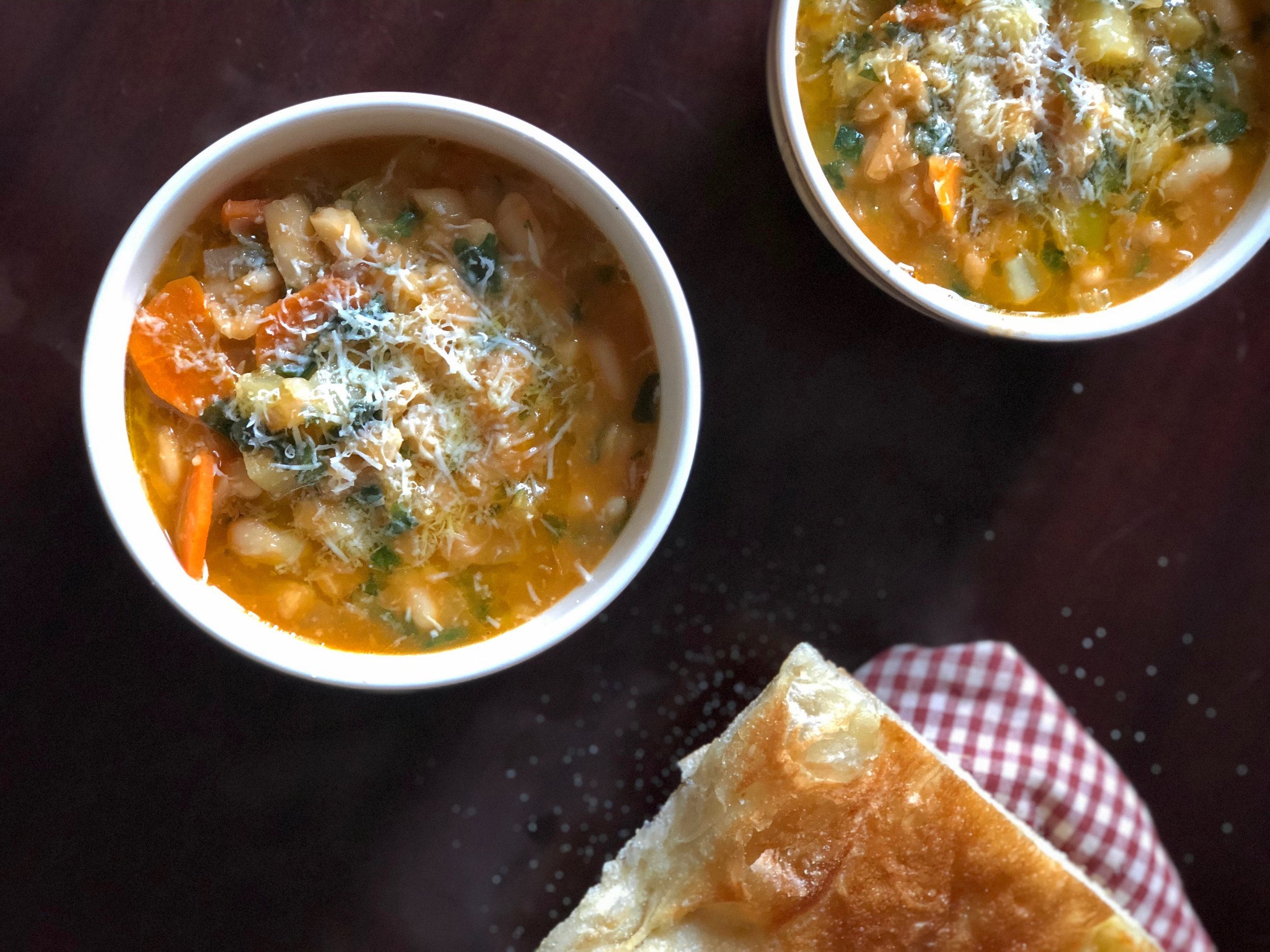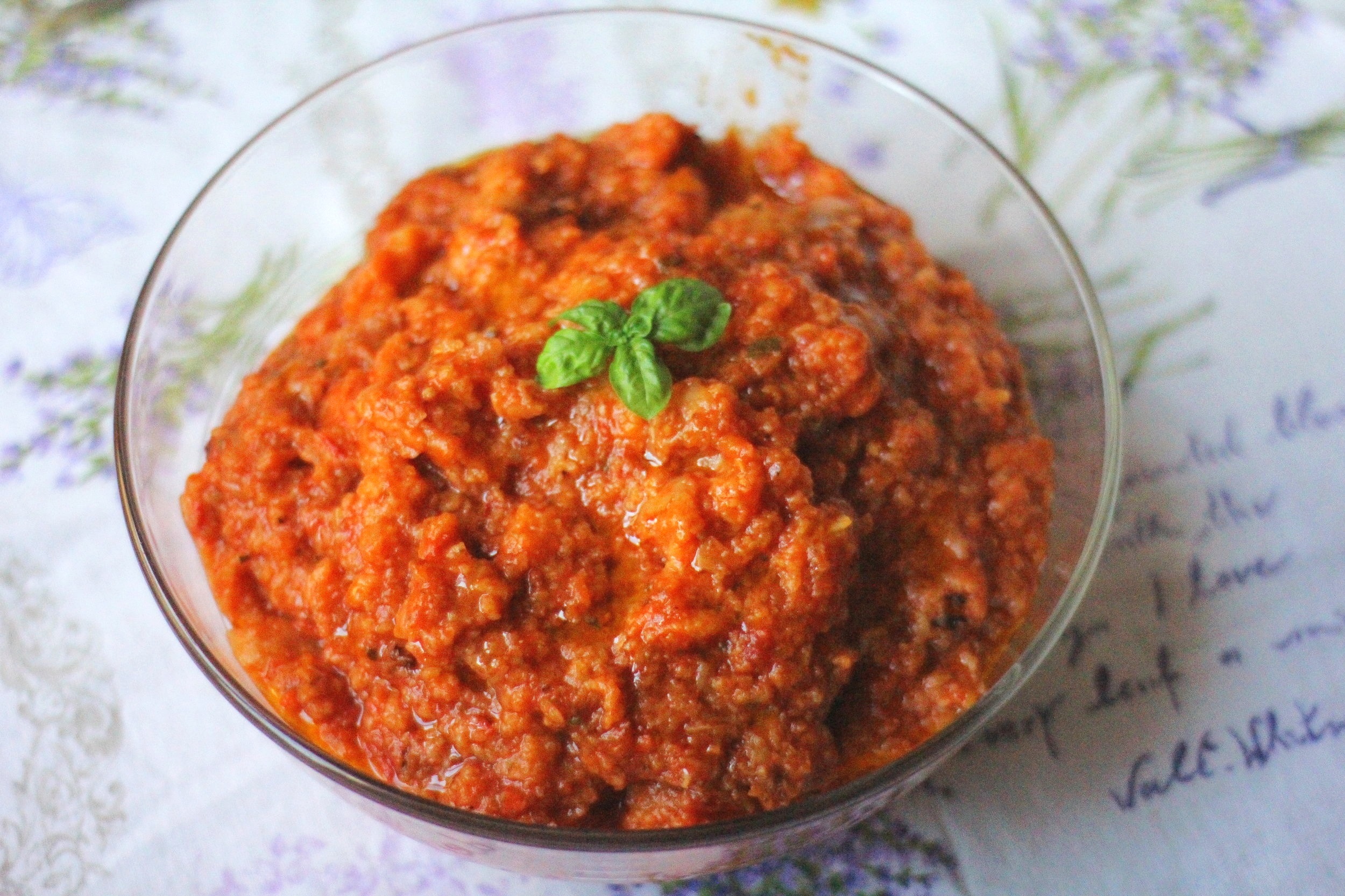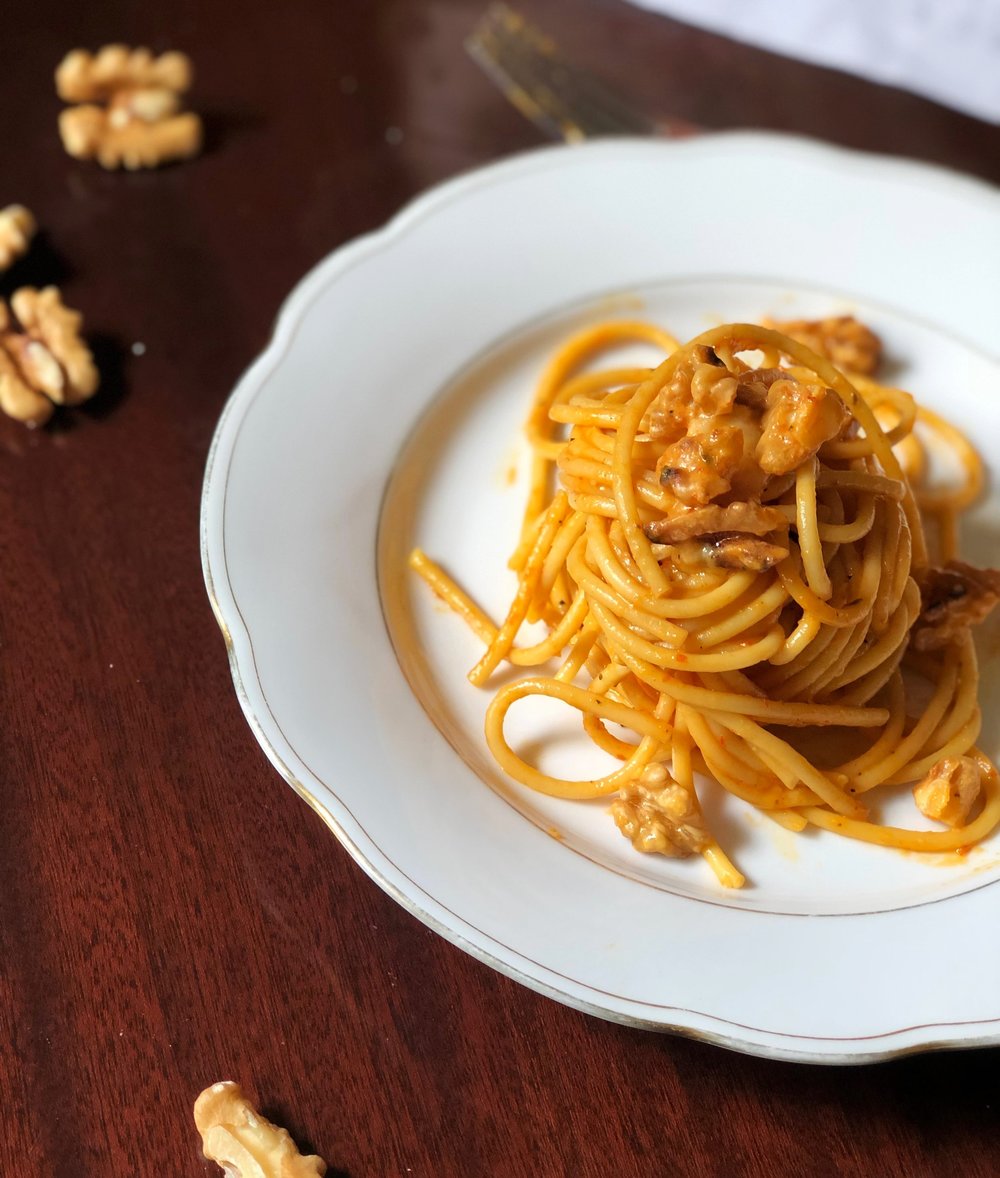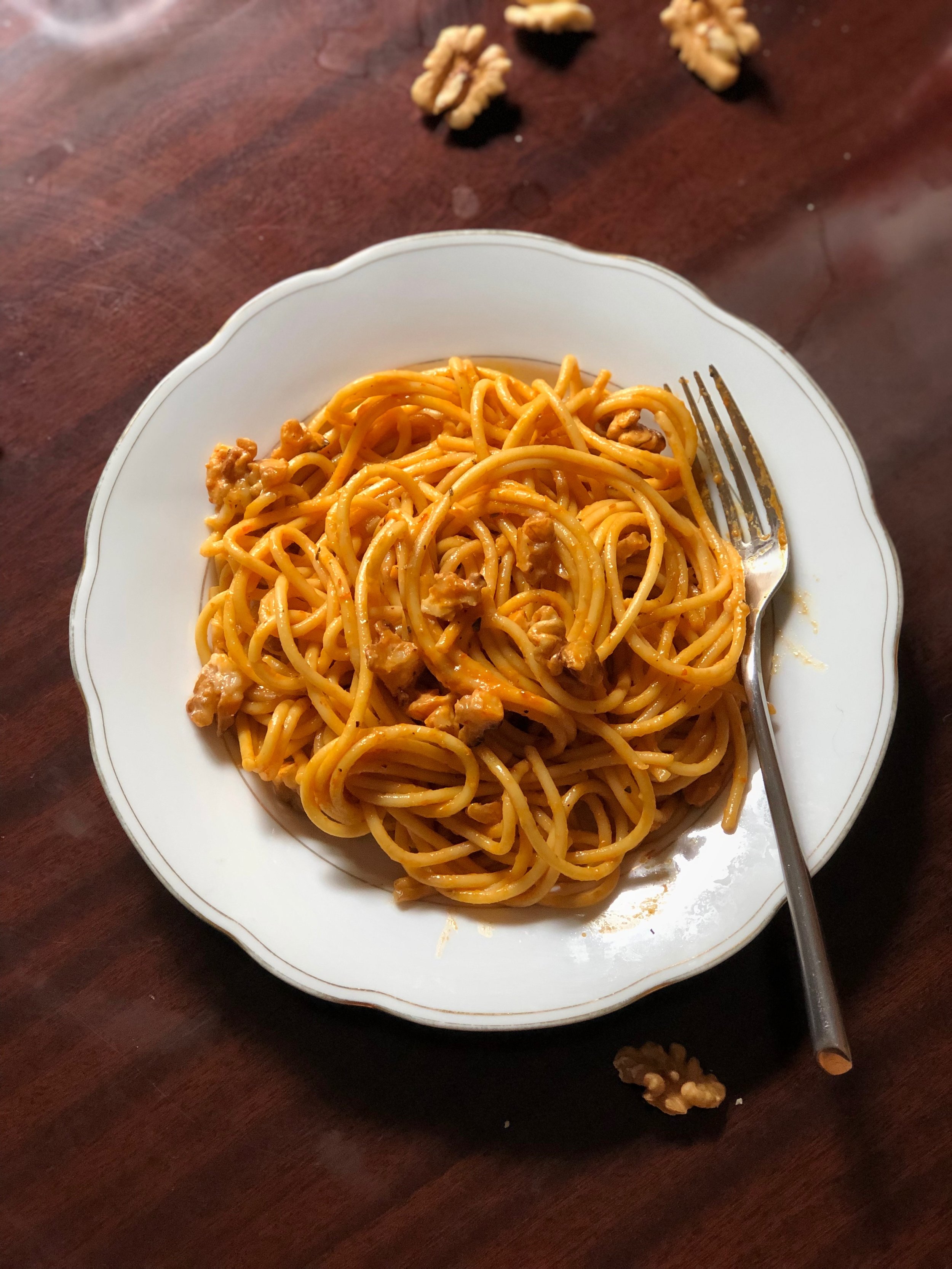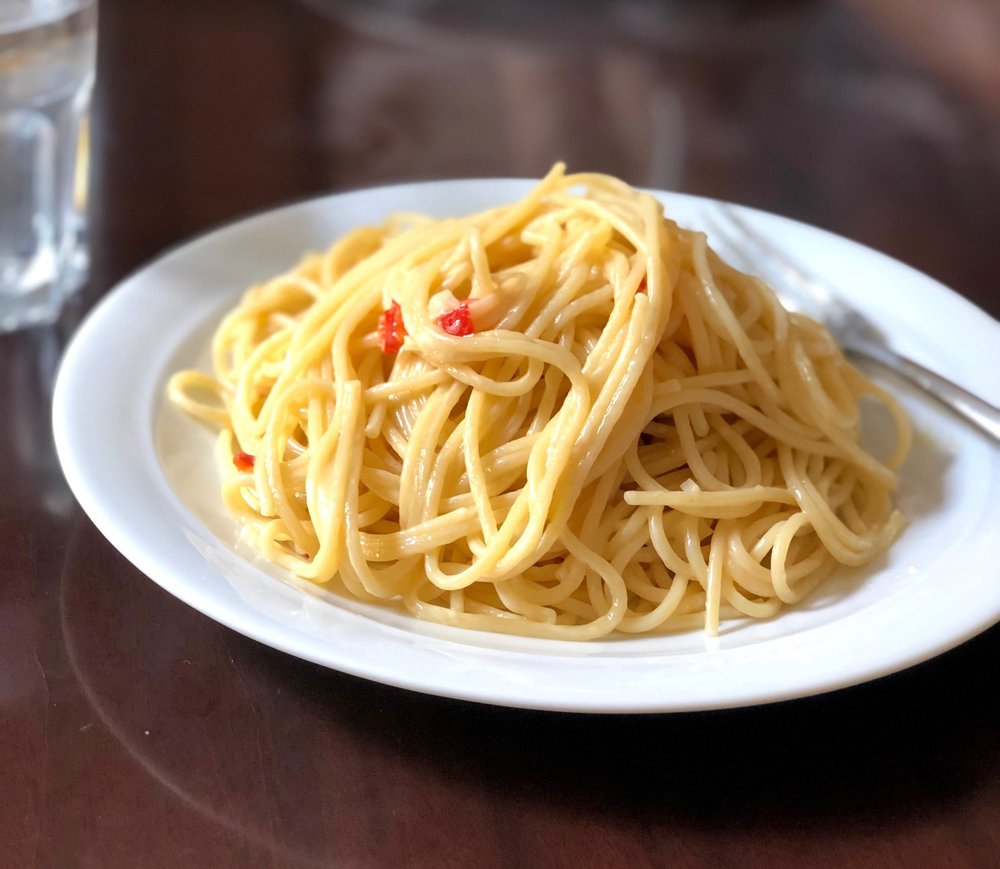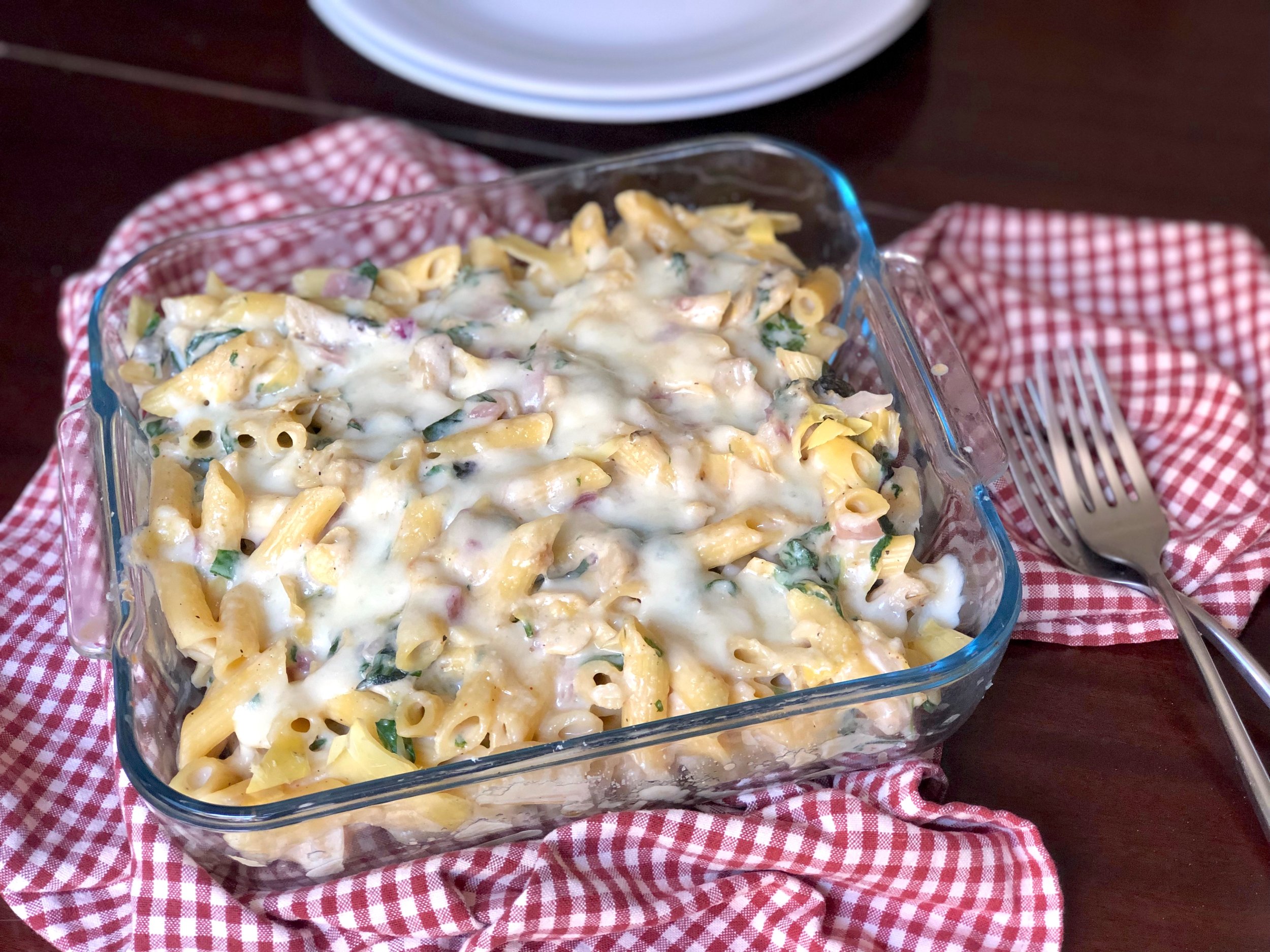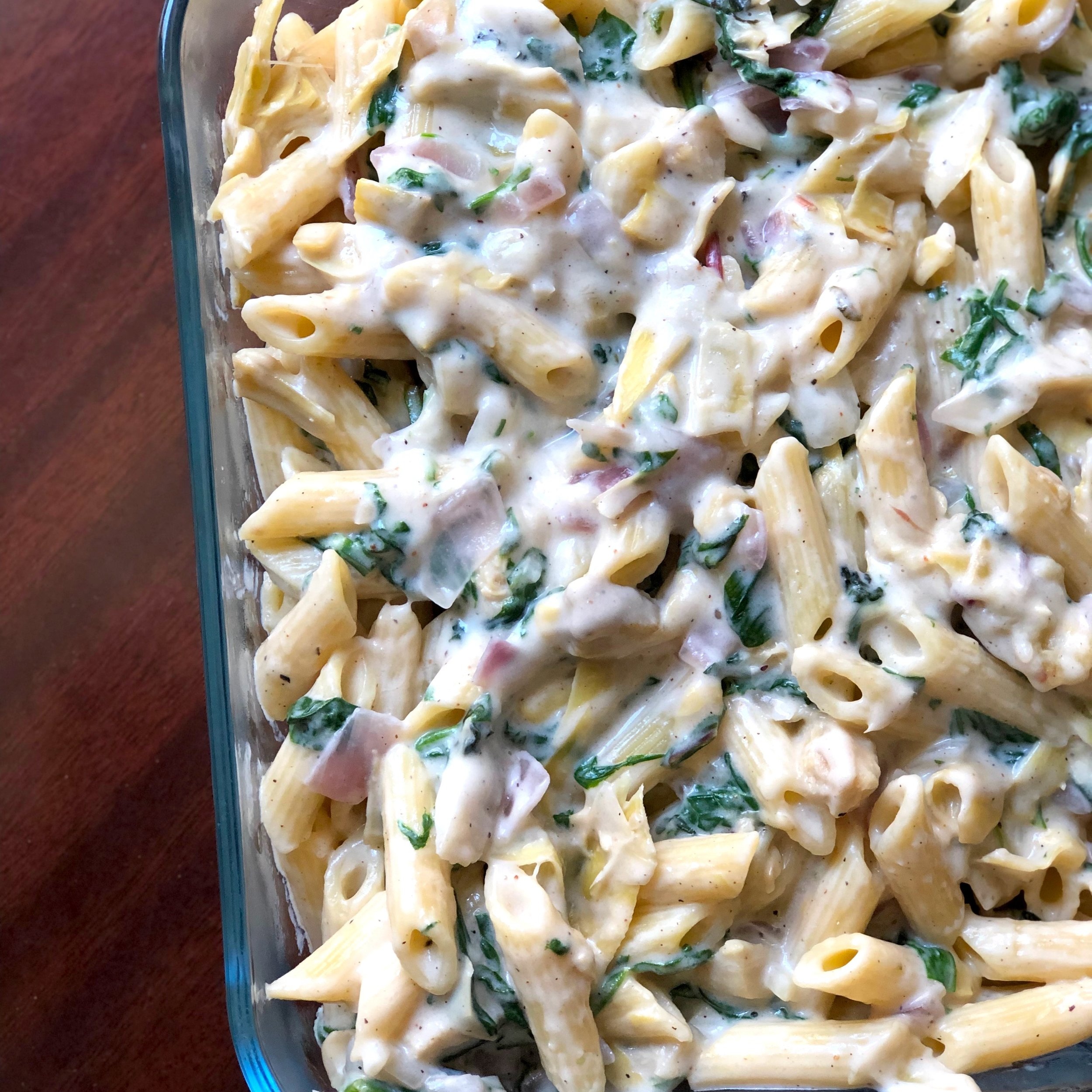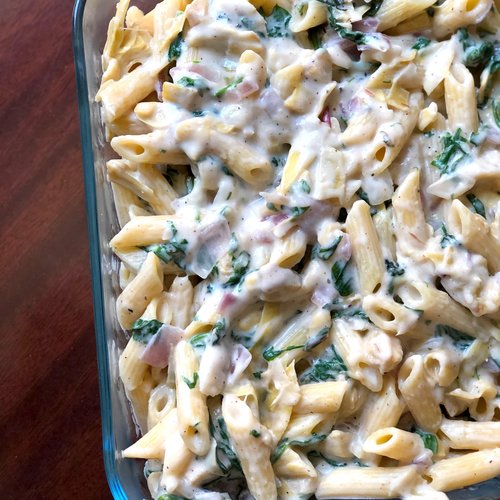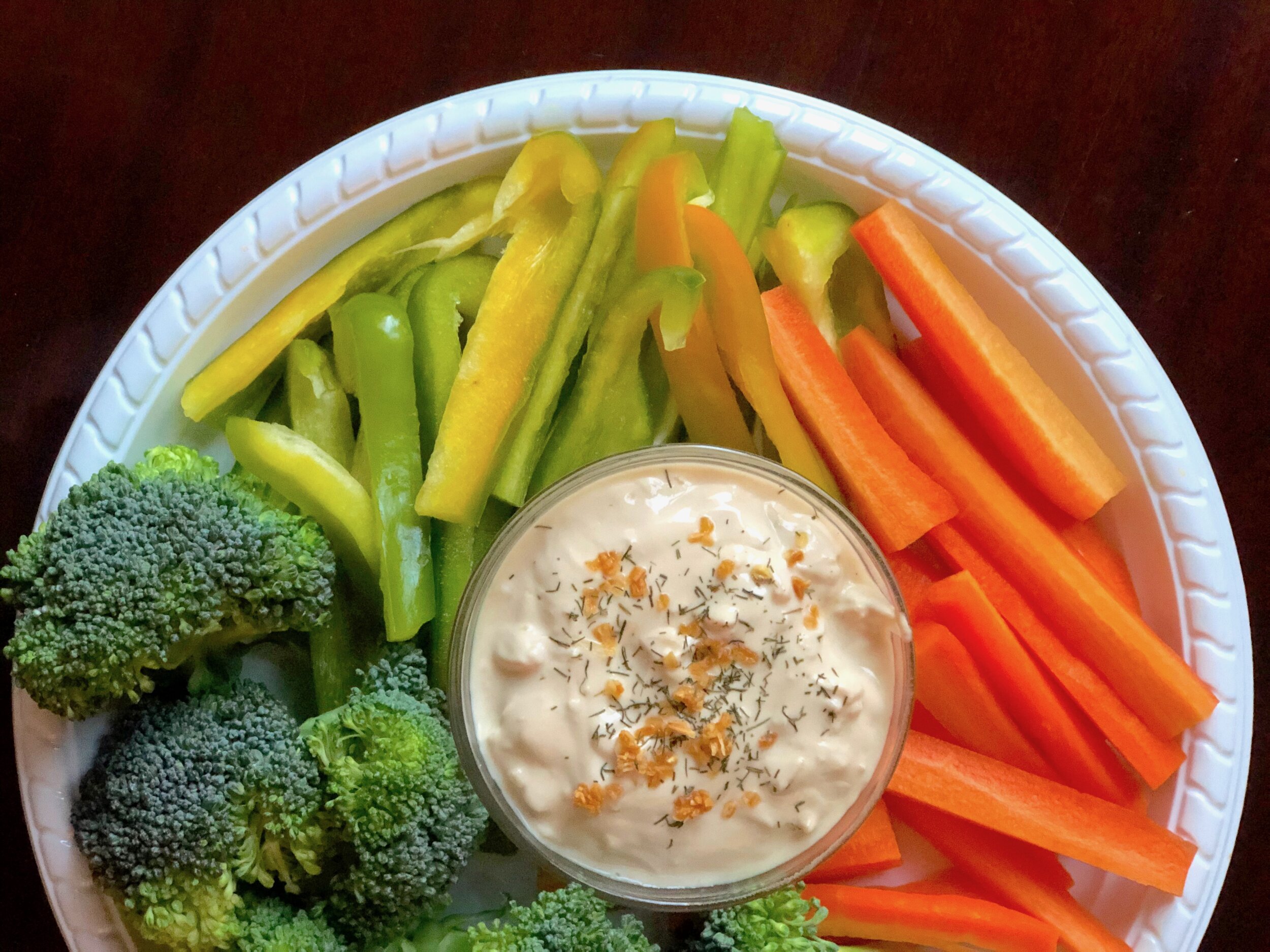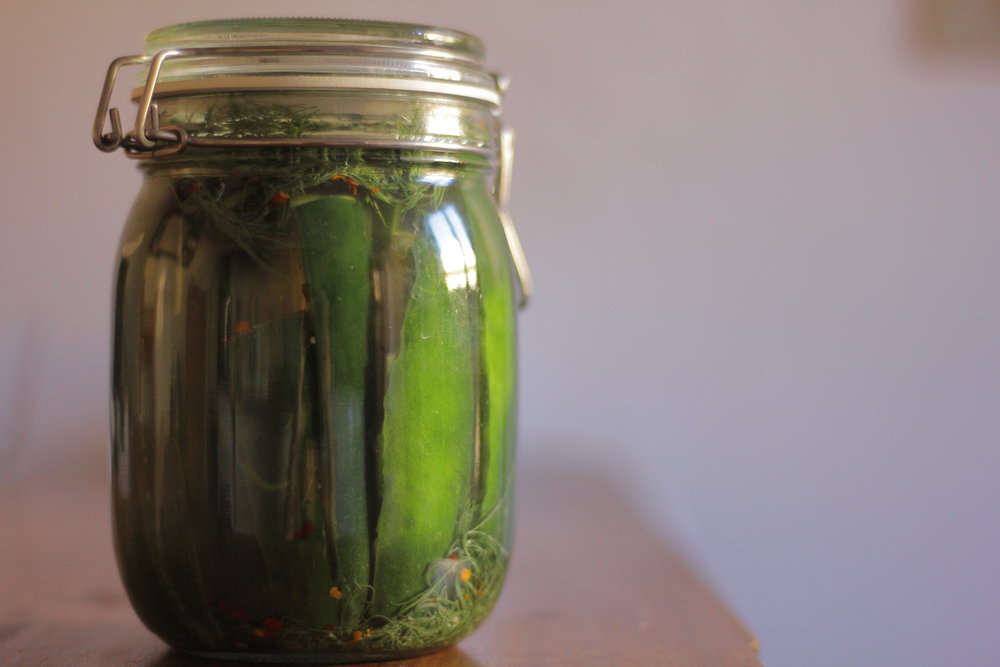Twice Baked Sweet Potatoes
/Twice Baked Sweet Potatoes have been a family favorite since 2010. They’re rich, nutritious, and just a tad bit fussy for potatoes, which makes them a favorite for Thanksgiving and other holidays.
Most recipes for sweet potatoes play on their sweetness, turning them into sweet potato casserole or sweet twice baked potatoes. While I love me some sweet potato casserole (I’m team pecan crumble/streusel on top!), this recipe is refreshing because sweet potatoes are wonderful in savory recipes and this one really lets them shine.
This recipe is adapted from Williams Sonoma’s “Savoring America” cookbook. I was gifted this cookbook as a teenager and several recipes in there have become staples in my family over the last decade plus. This recipe is one of my favorites from there.
This Fluffy Key Lime Pie is from the “Savoring America” cookbook, also!
I’ve adapted this recipe to keep all the flavor while lightening it up a bit. Since we often make these for holidays or around the holiday season, we didn’t feel the need to have these so decadent when there is so much other rich and decadent food. This version uses less butter and milk instead of heavy cream. Bacon is optional, with the original calling for 4 chopped slices that get cooked along with the onion and garlic. Bacon, while delicious, can overtake dishes. We don’t normally add it, and don’t miss it! These are plenty flavorful without it.
This post may contain affiliate links. If you make a purchase using these links, Jennyblogs may receive a small commission, at no extra cost to you. This helps to support Jennyblogs. Where possible, links are prioritized to small businesses and ethically and responsibly made items. For further information see the privacy policy. Grazie!
Twice Baked Sweet Potatoes
Serves about 8
Ingredients:
4 sweet potatoes, unpeeled
2 Tbsp / 28g cooking oil
1 medium onion, chopped
2 cloves garlic, chopped
6 oz / 180g (about 4 cups) chopped spinach or other similar green
2/3 cup / 158g chicken or vegetable broth
2 teaspoons chopped fresh rosemary
4 Tbsp / 56g butter, softened
1/3 cup / 79g milk
1/2 cup / 50g grated Parmesan cheese
salt and pepper, to taste
1/2 cup / 57g shredded Swiss or Gruyère cheese
Directions:
Oven 350°F / 177°C.
Bake the Sweet Potatoes
Poke the surface of each sweet potato all over with the tines of a fork.
Bake in preheated oven until soft and easily pierced with a knife, about 1 - 1 1/4 hours. Remove from oven.
When cool enough to handle, cut each potato in half lengthwise and carefully scoop out the flesh with a spoon and place in the bowl of a food processor or regular bowl, leaving a thin lining of flesh in the skin about 1/4” thick.
Make the Filling
Heat oil in a large fry pan over medium heat. Add onion and cook until translucent, a couple of minutes. Add garlic and cook for about 1 minute, until fragrant.
Add spinach and broth, stirring occasionally, until spinach is wilted and broth has mostly evaporated, about 5-7 minutes. Turn off heat.
Pulse sweet potato flesh with rosemary in a food processor until smooth, or use a handheld mixer. Add butter, milk, and Parmesan and pulse or beat until smooth. Salt and pepper to taste.
Add spinach mixture to sweet potato mixture and mix until combined.
Divide evenly among sweet potato skins and top with Swiss cheese.
Bake until potatoes are heated through and cheese is melted, about 30 minutes. Serve immediately.
Jenny’s Notes:
Spinach is my favorite and readily available option for these, but some other options include collard greens, swiss chard, or any other of your favorite greens. Cooking time may vary, depending on green chosen and how long it takes to become tender.
Any good melting cheese that you desire can be used on top of these.

Twice Baked Sweet Potatoes
Ingredients
Instructions
- Oven 350°F / 177°C.
- Poke the surface of each sweet potato all over with the tines of a fork.
- Bake in preheated oven until soft and easily pierced with a knife, about 1 - 1 1/4 hours. Remove from oven.
- When cool enough to handle, cut each potato in half lengthwise and carefully scoop out the flesh with a spoon and place in the bowl of a food processor or regular bowl, leaving a thin lining of flesh in the skin about 1/4” thick.
- Heat oil in a large fry pan over medium heat. Add onion and cook until translucent, a couple of minutes. Add garlic and cook for about 1 minute, until fragrant.
- Add spinach and broth, stirring occasionally, until spinach is wilted and broth has mostly evaporated, about 5-7 minutes. Turn off heat.
- Pulse sweet potato flesh with rosemary in a food processor until smooth, or use a handheld mixer. Add butter, milk, and Parmesan and pulse or beat until smooth. Salt and pepper to taste.
- Add spinach mixture to sweet potato mixture and mix until combined.
- Divide evenly among sweet potato skins and top with Swiss cheese.
- Bake until potatoes are heated through and cheese is melted, about 30 minutes. Serve immediately.
Notes
- Spinach is my favorite and readily available option for these, but some other options include collard greens, swiss chard, or any other of your favorite greens. Cooking time may vary, depending on green chosen and how long it takes to become tender.
- Any good melting cheese that you desire can be used on top of these.
Nutrition Facts
Calories
258Fat
14 gSat. Fat
7 gCarbs
27 gFiber
4 gNet carbs
22 gSugar
6 gProtein
7 gSodium
400 mgCholesterol
31 mgNutritional information is approximate. Based on 1 half potato.








